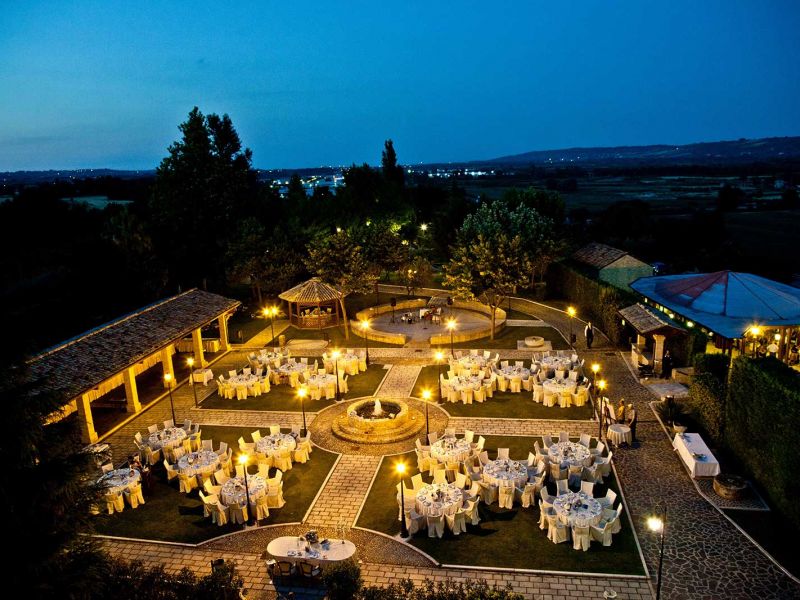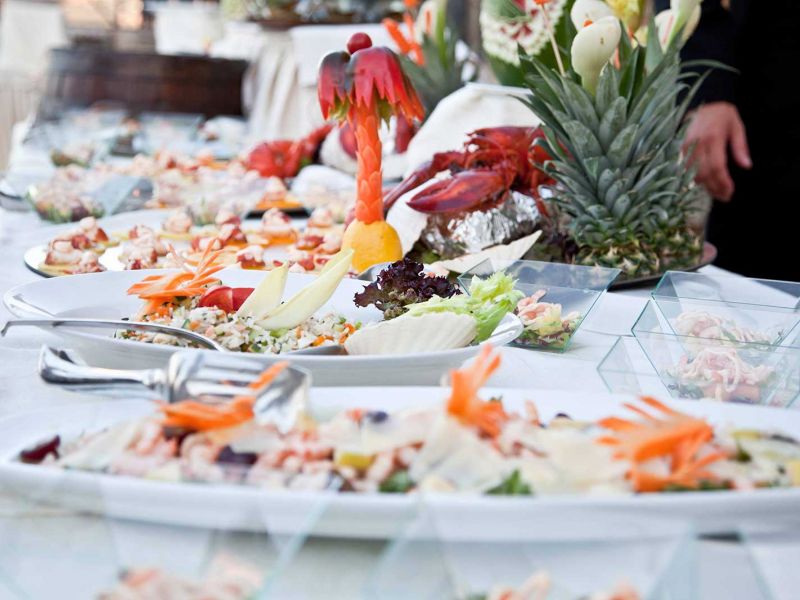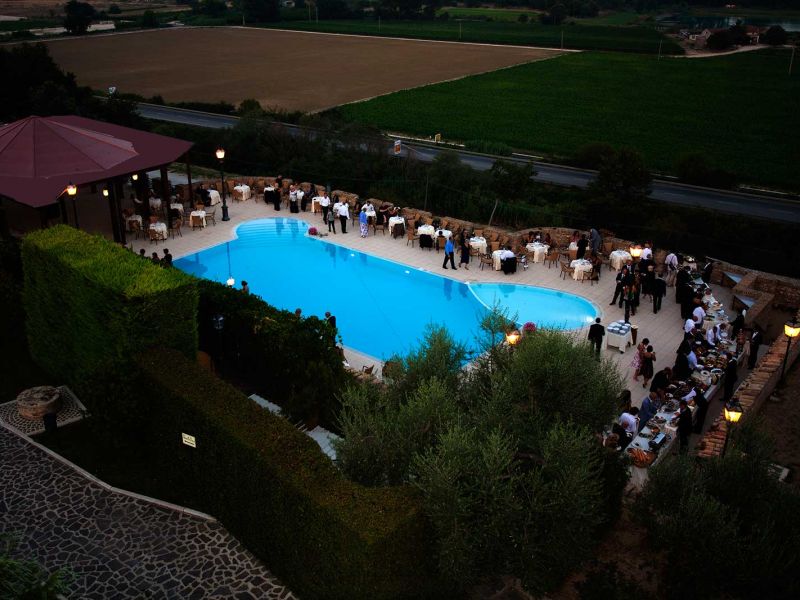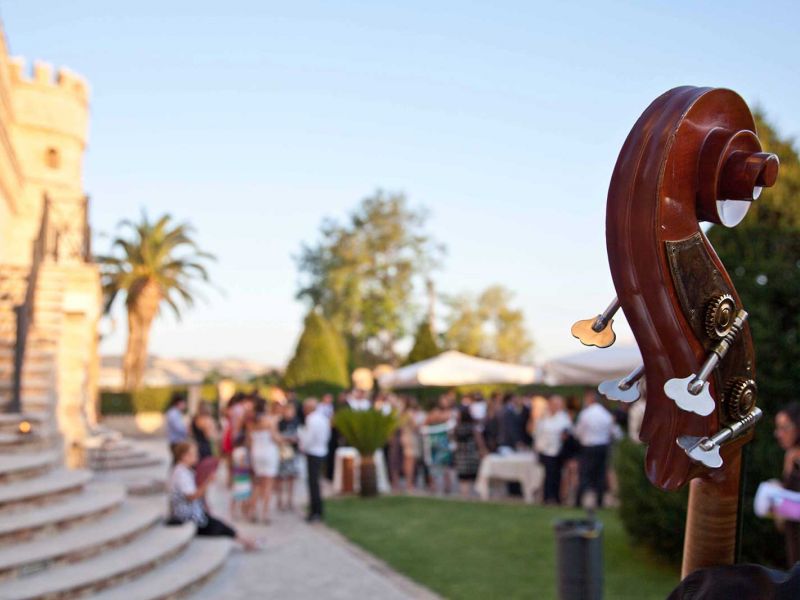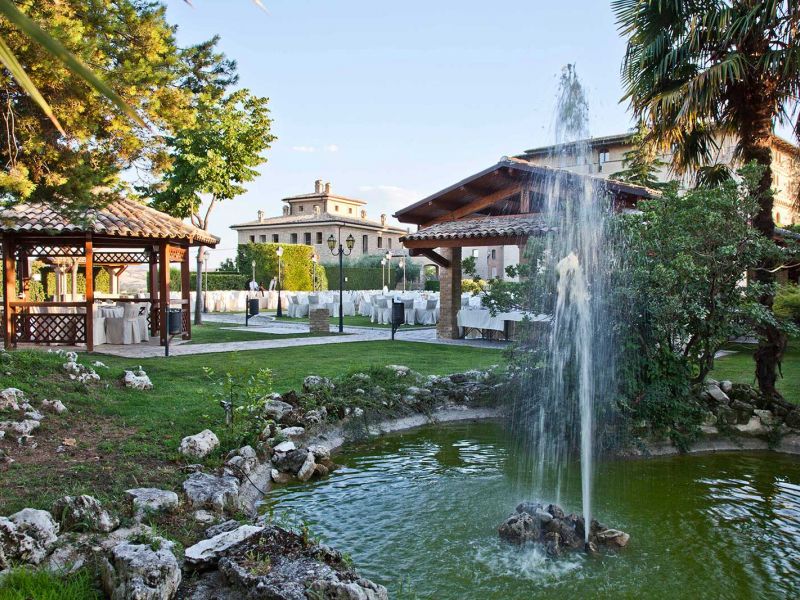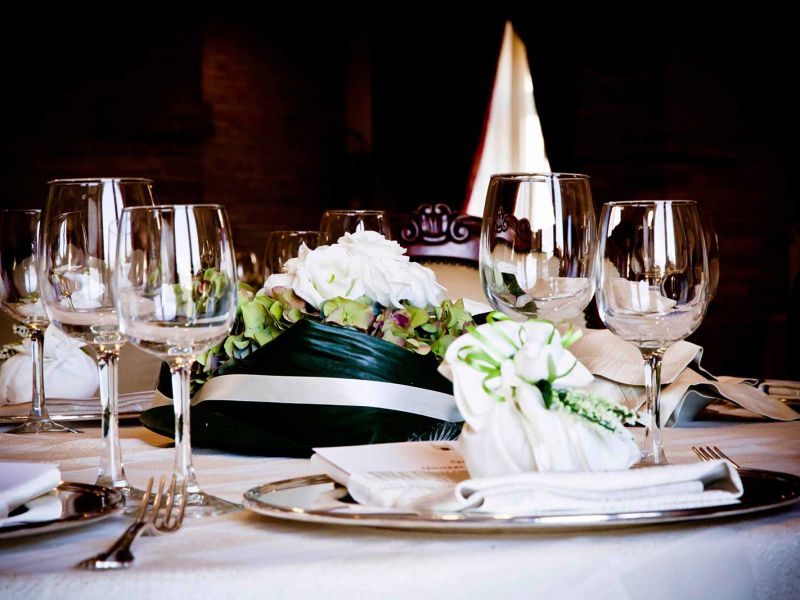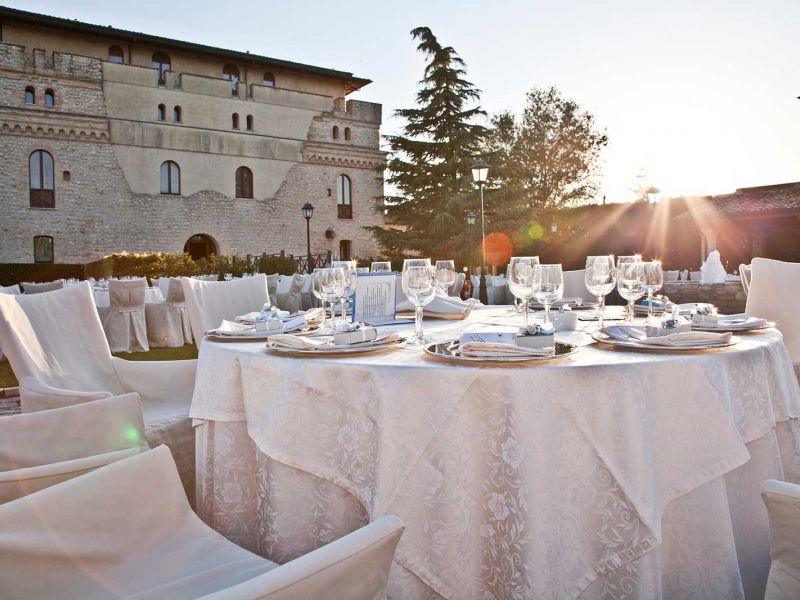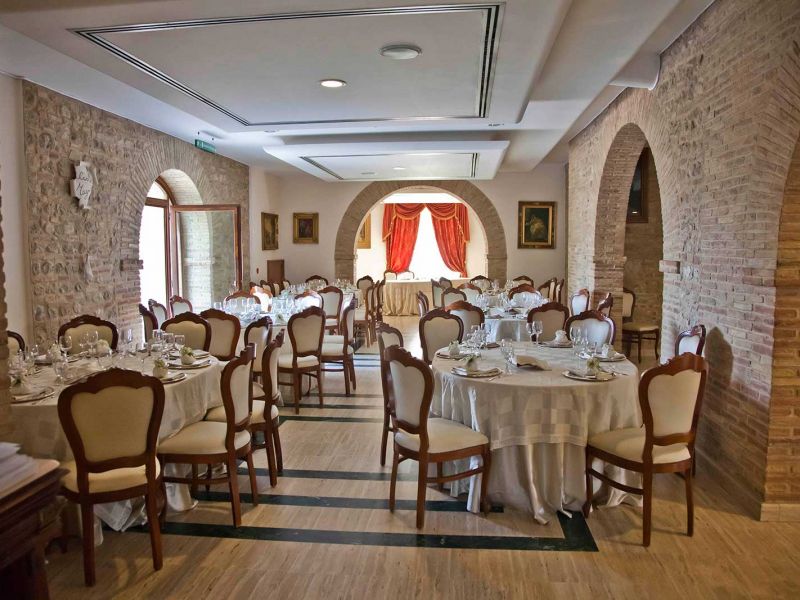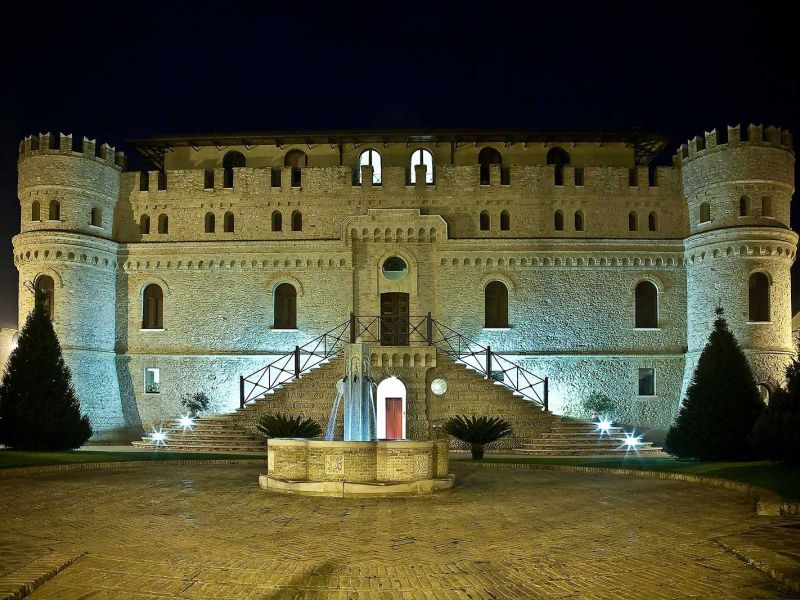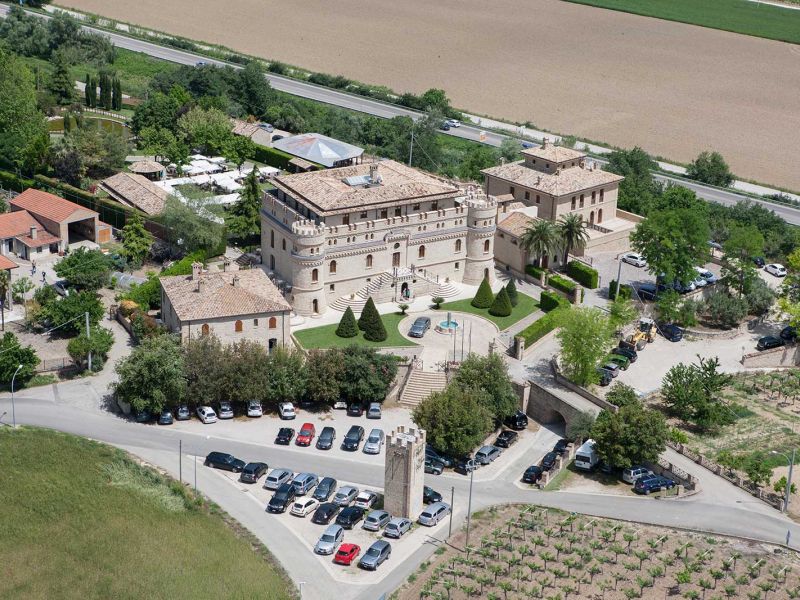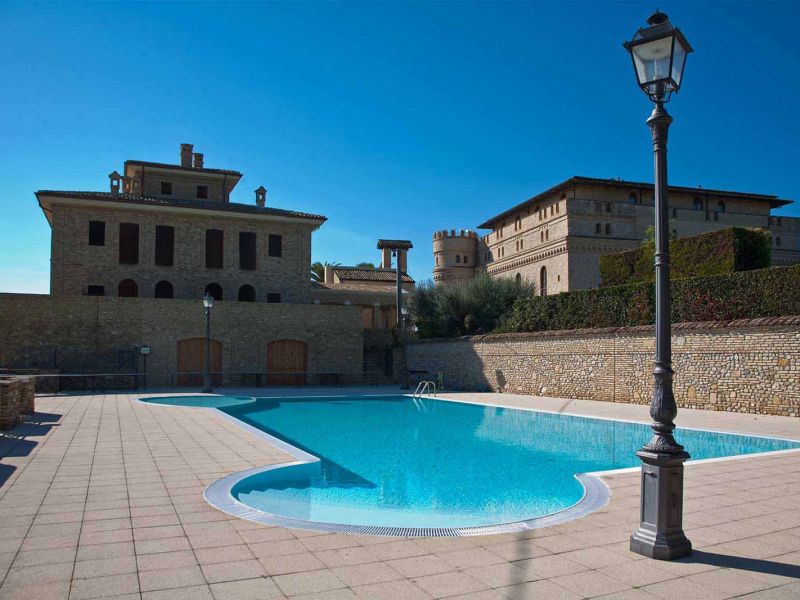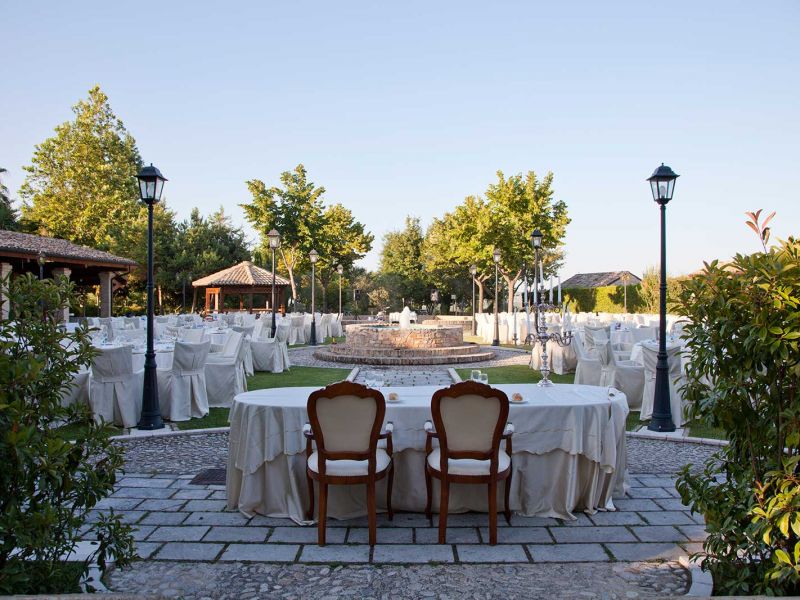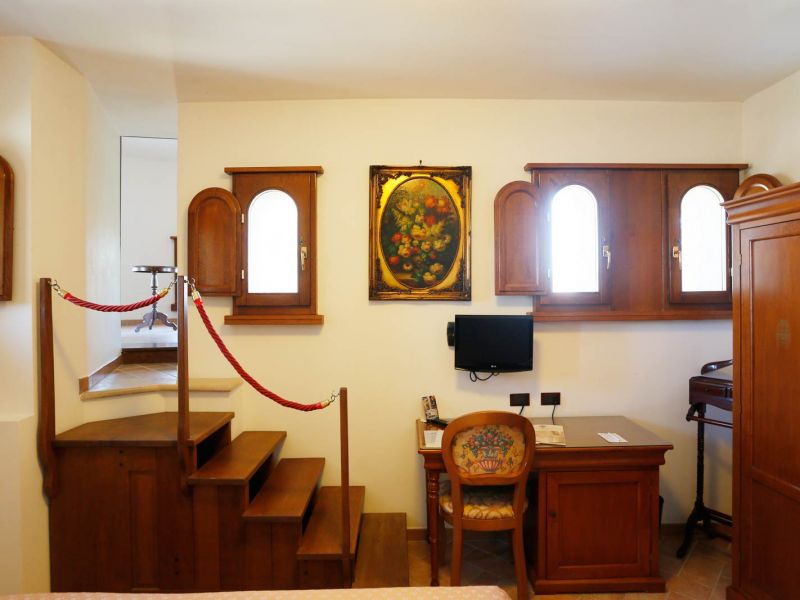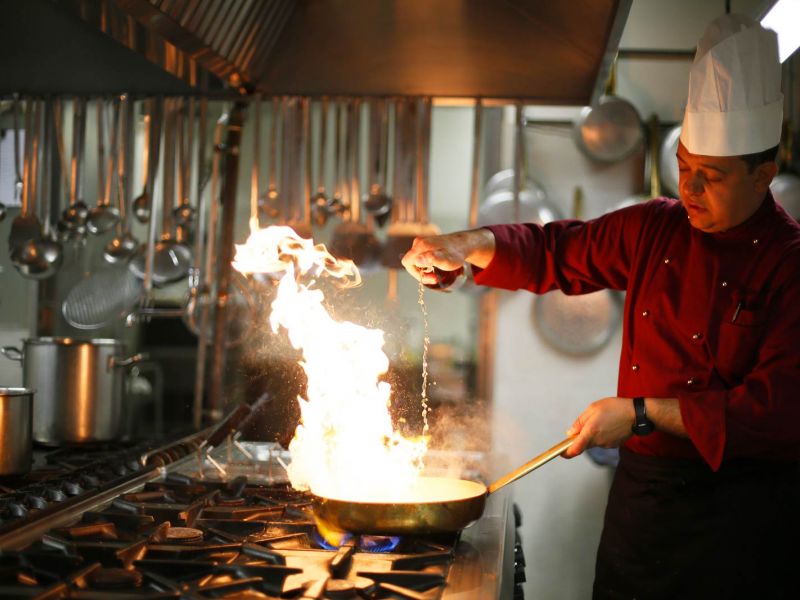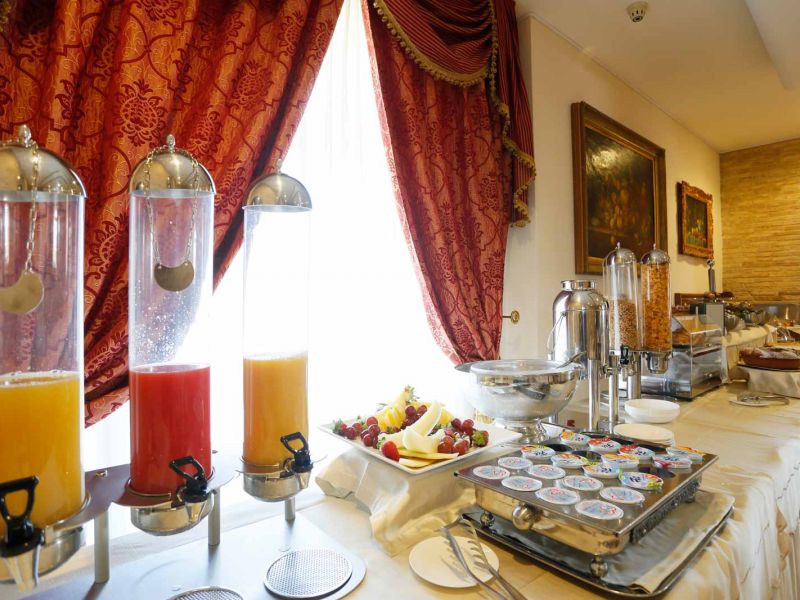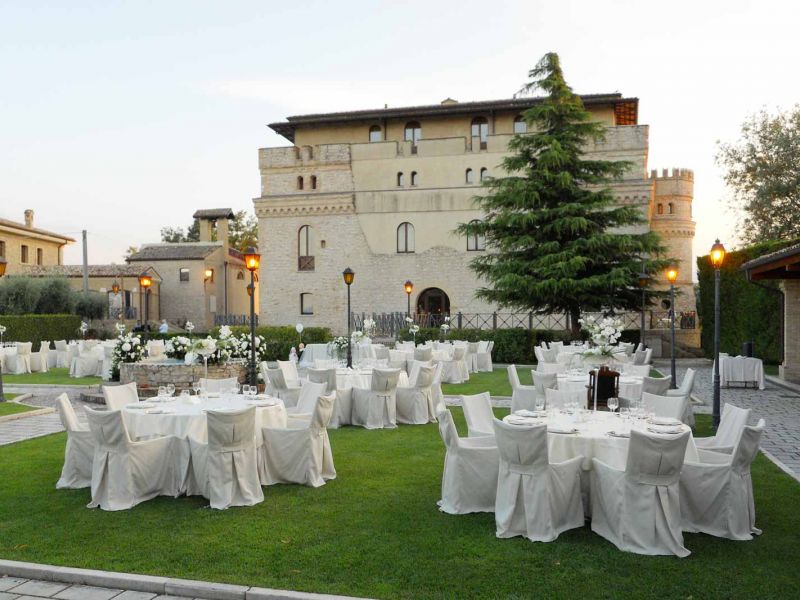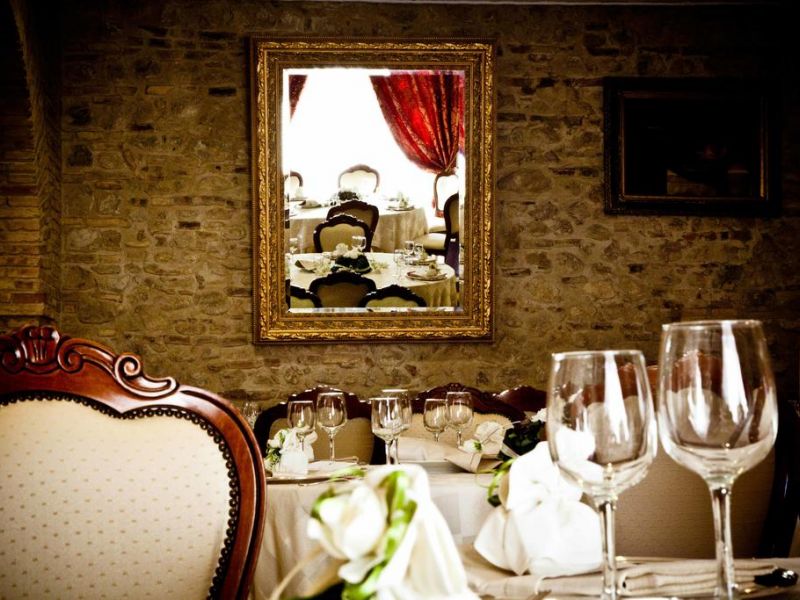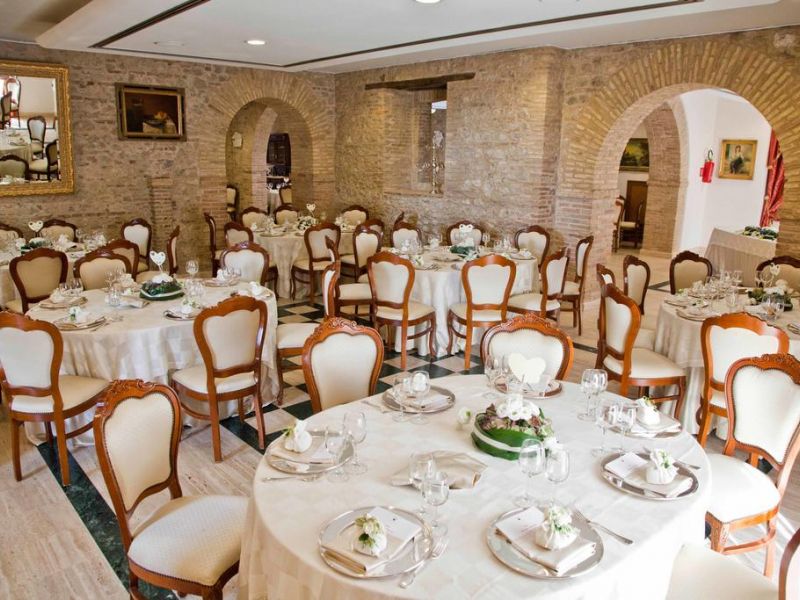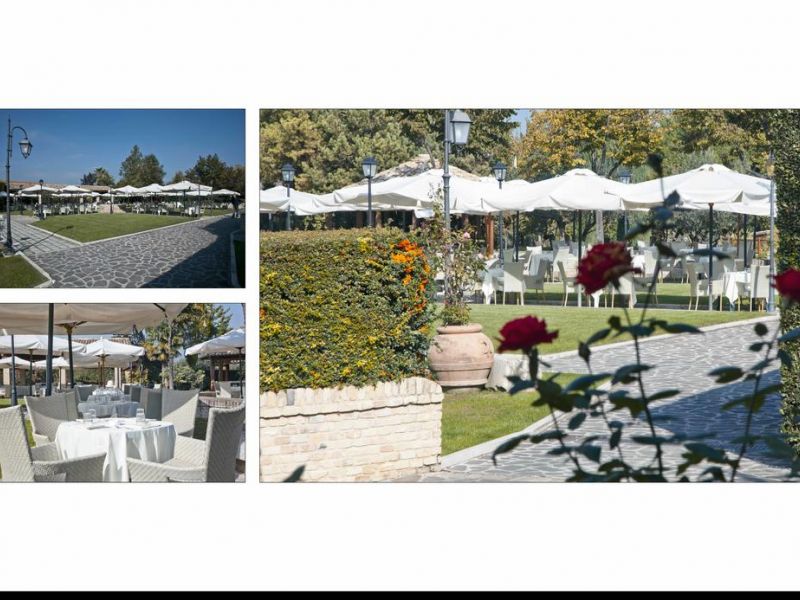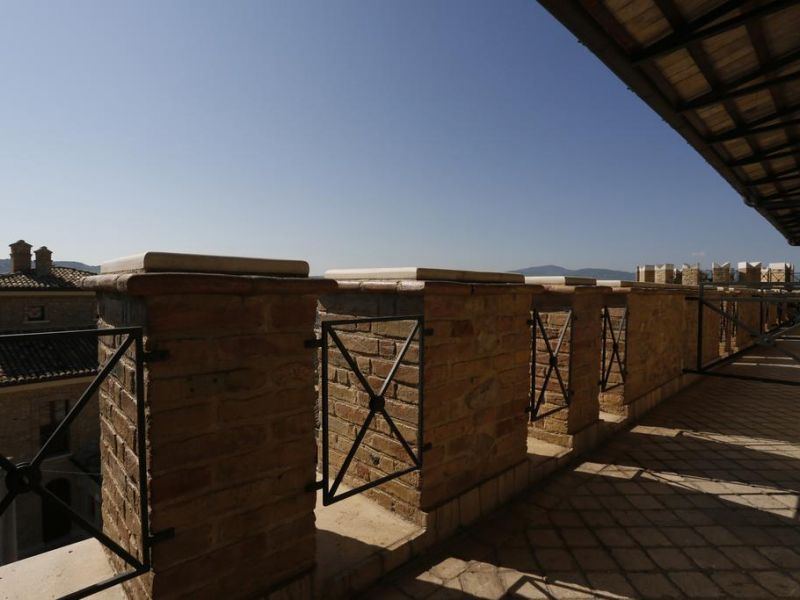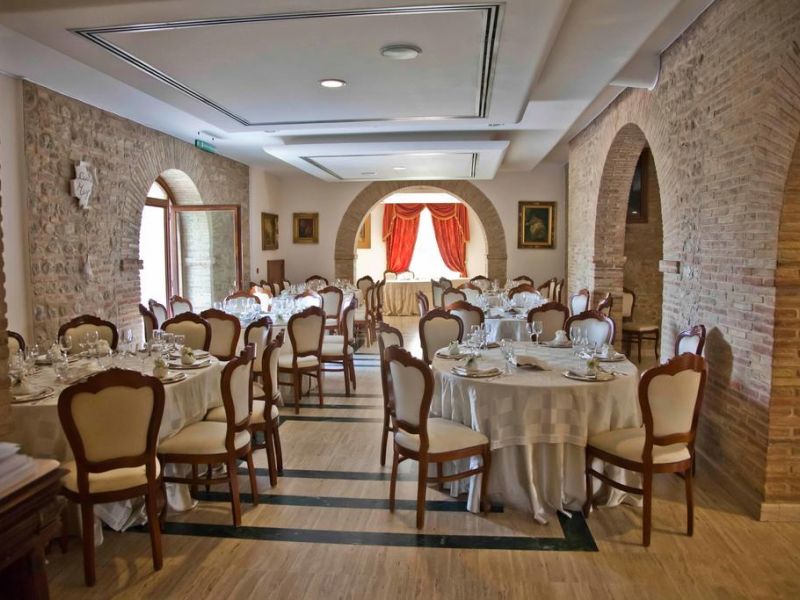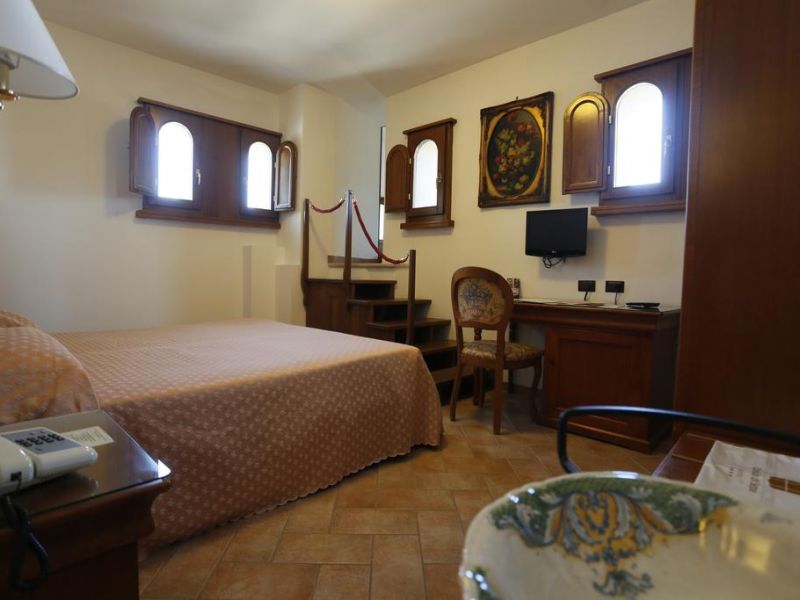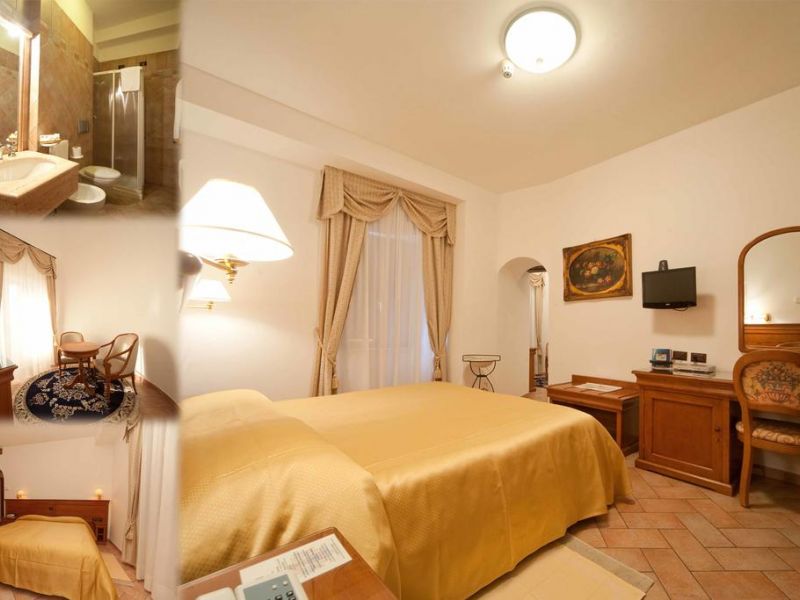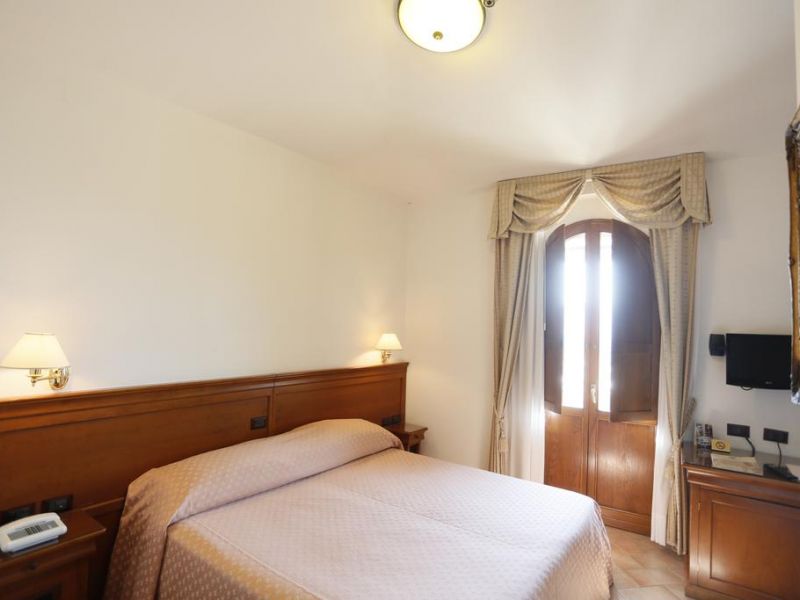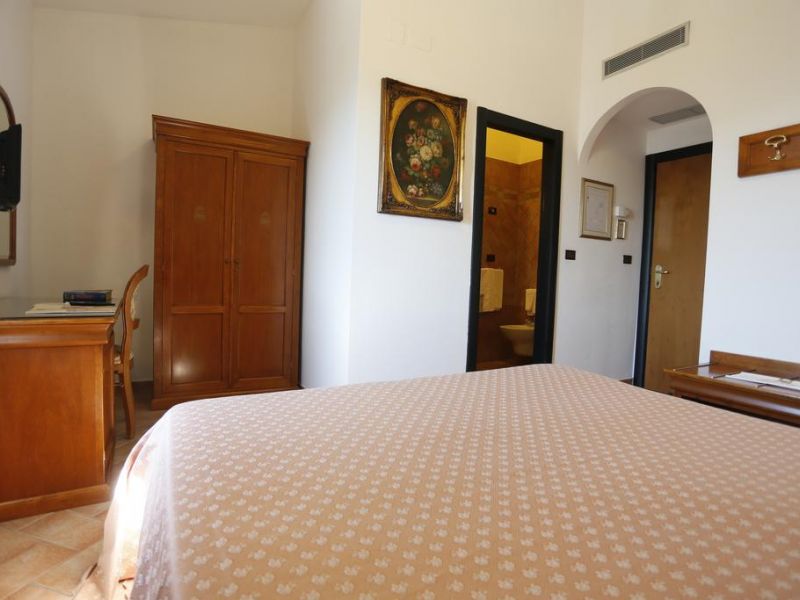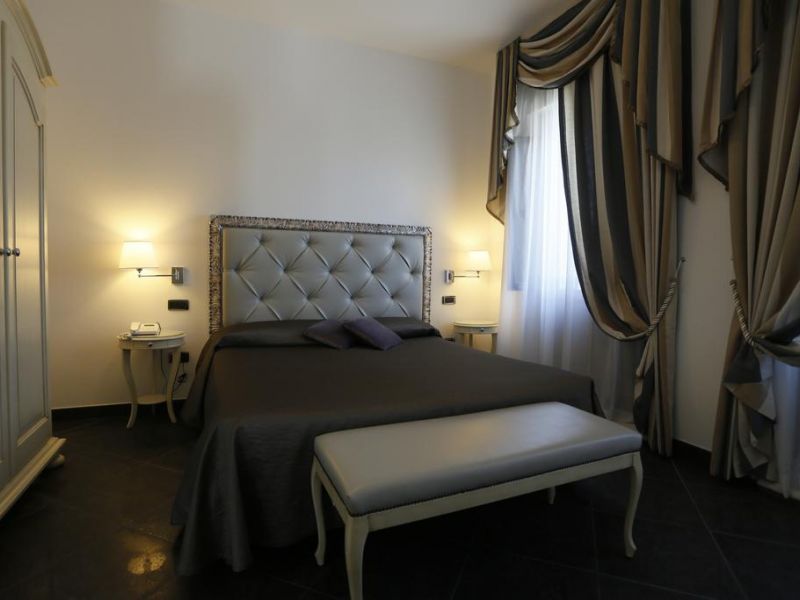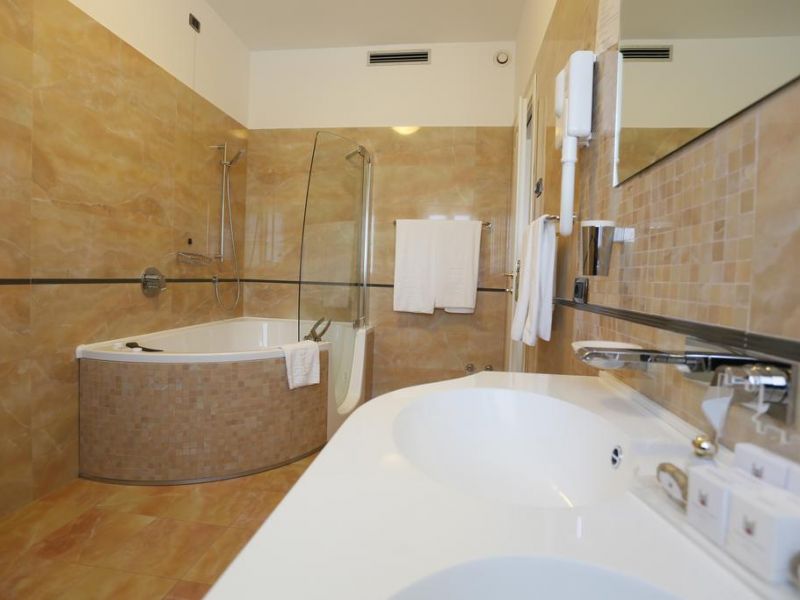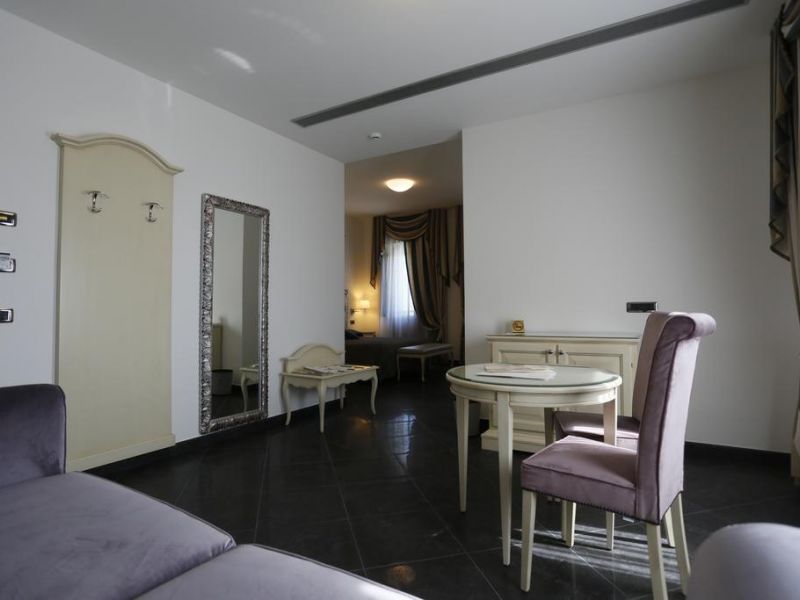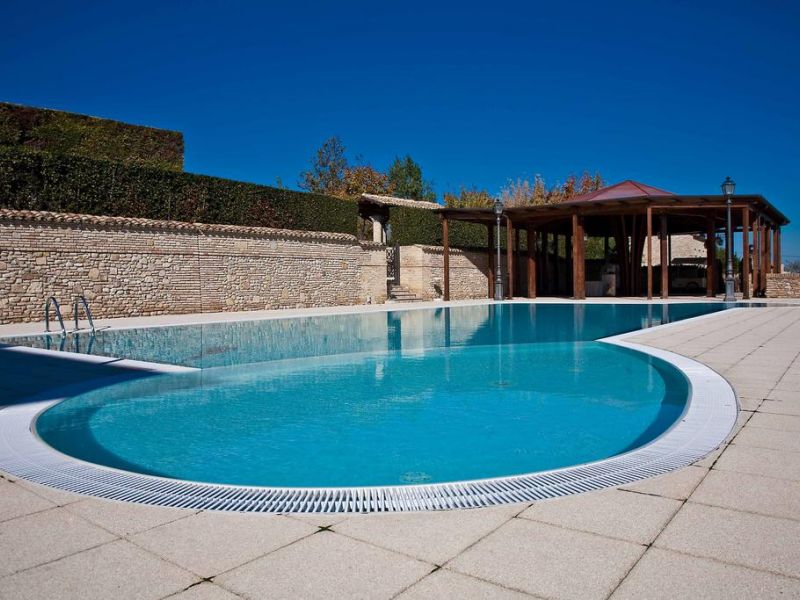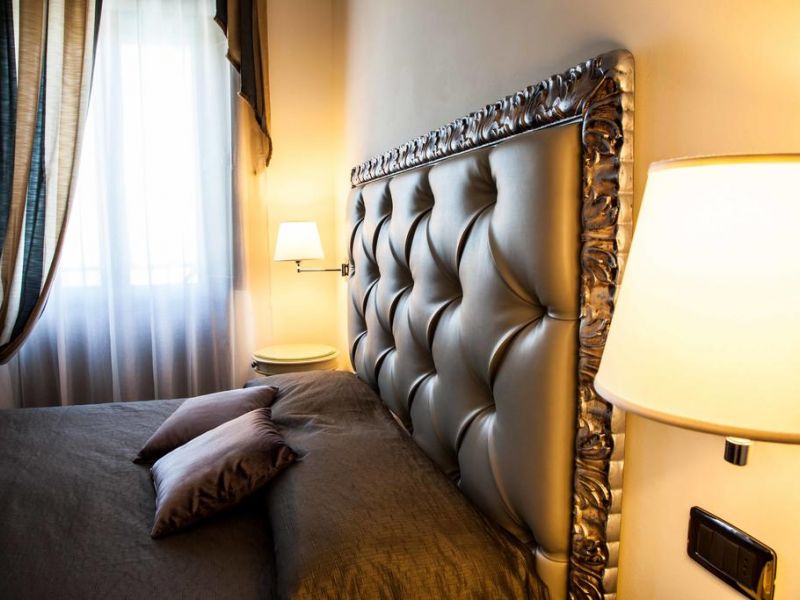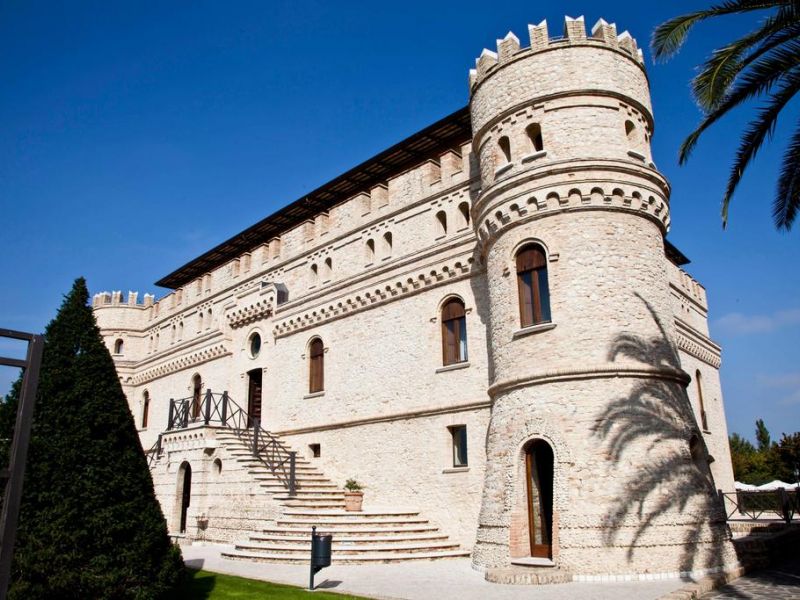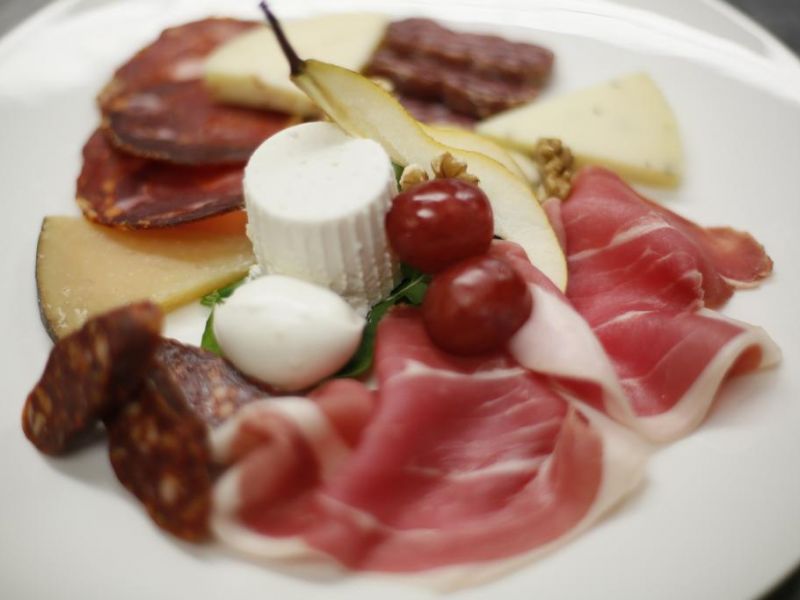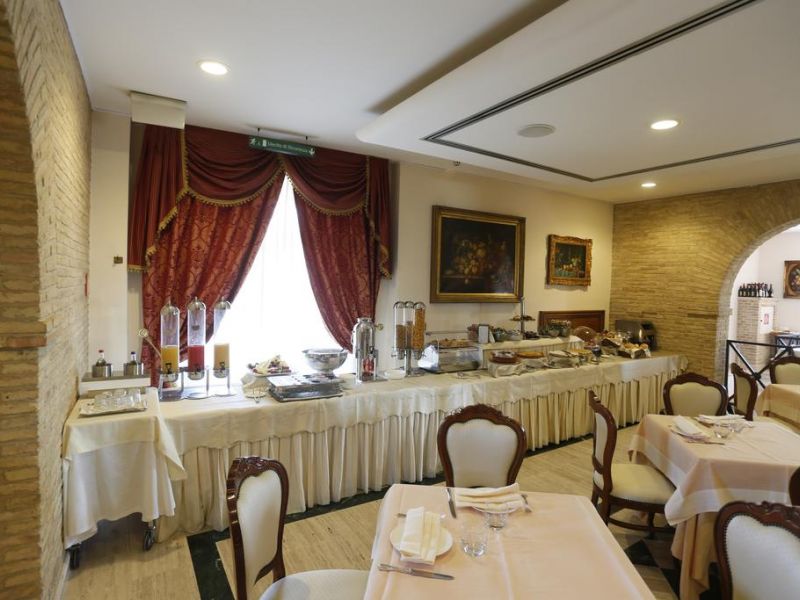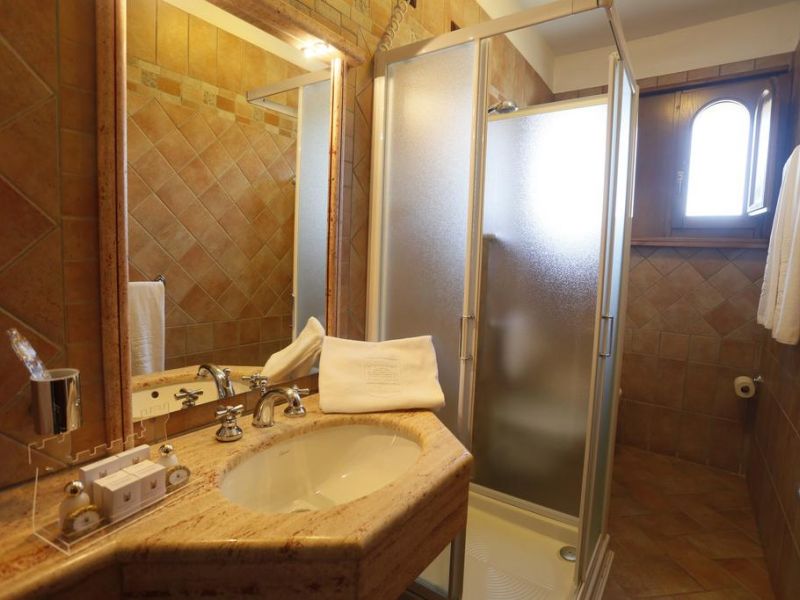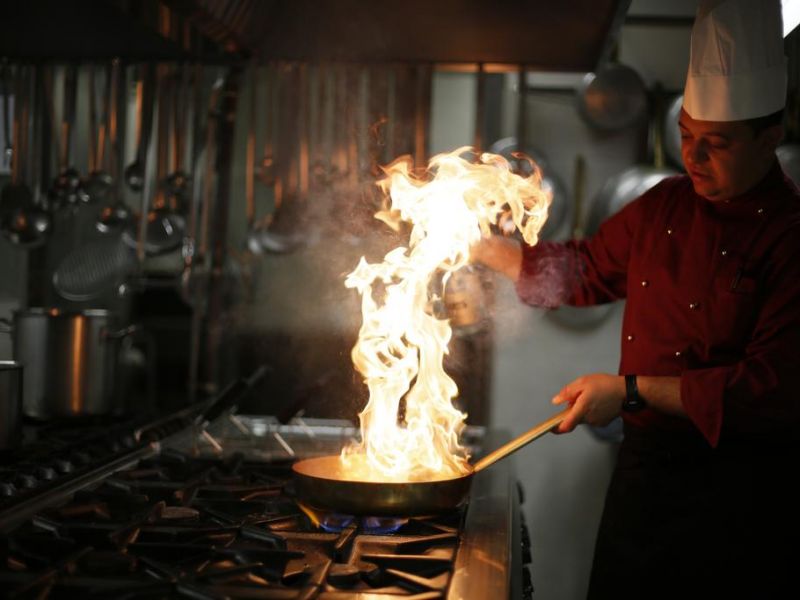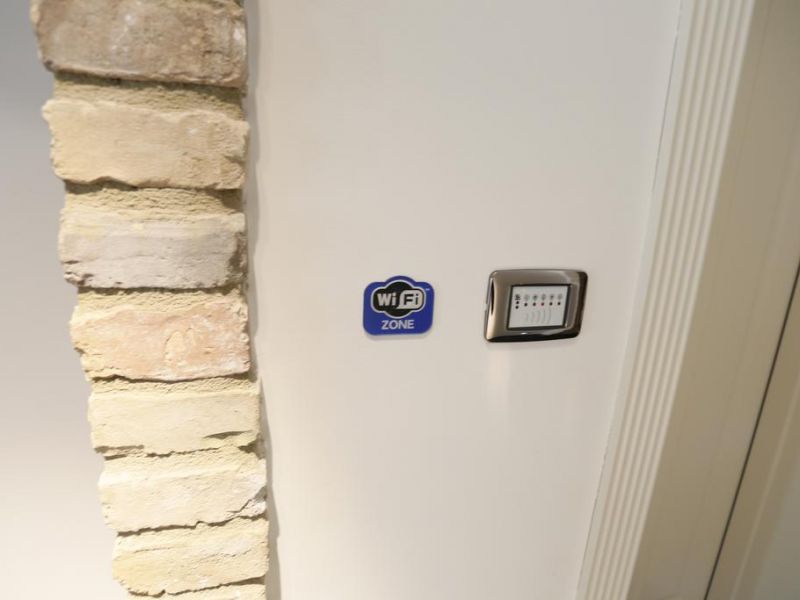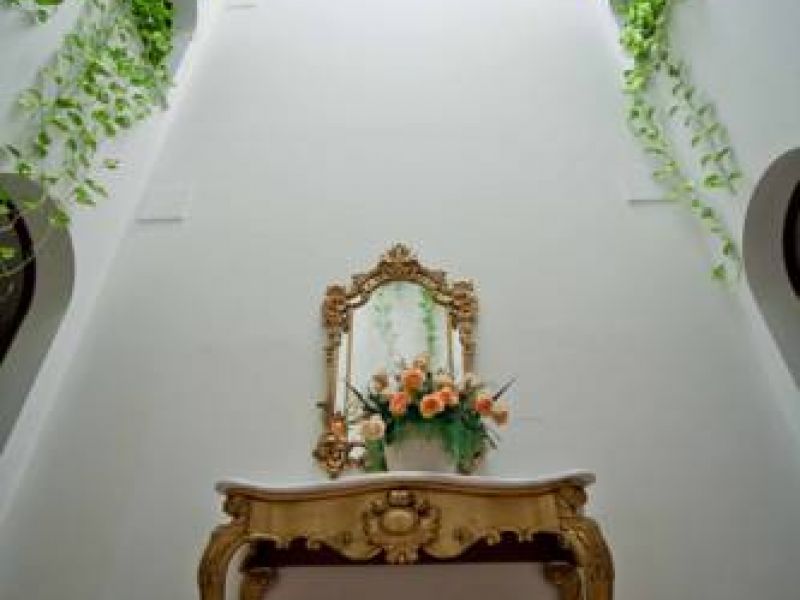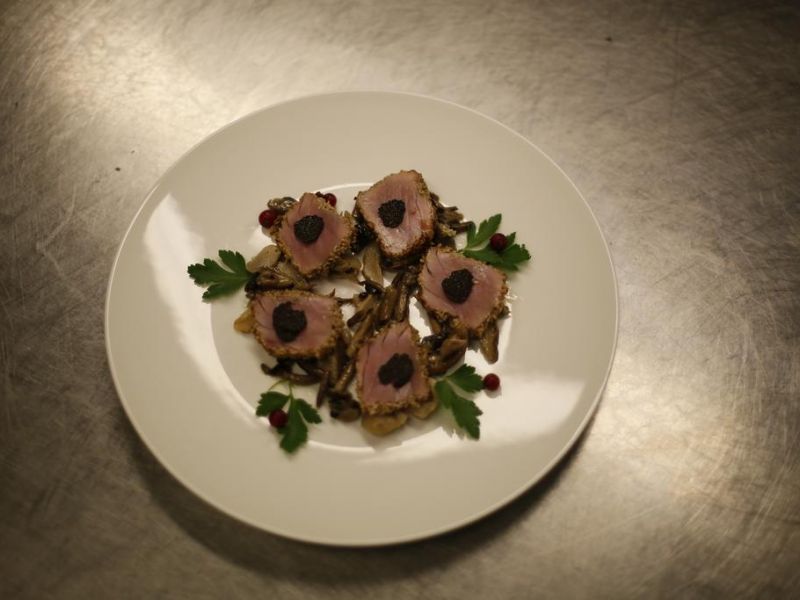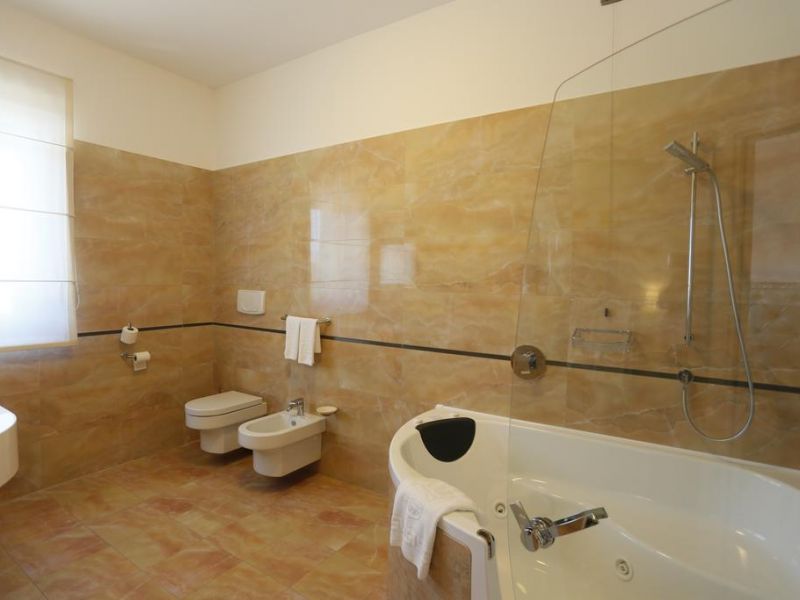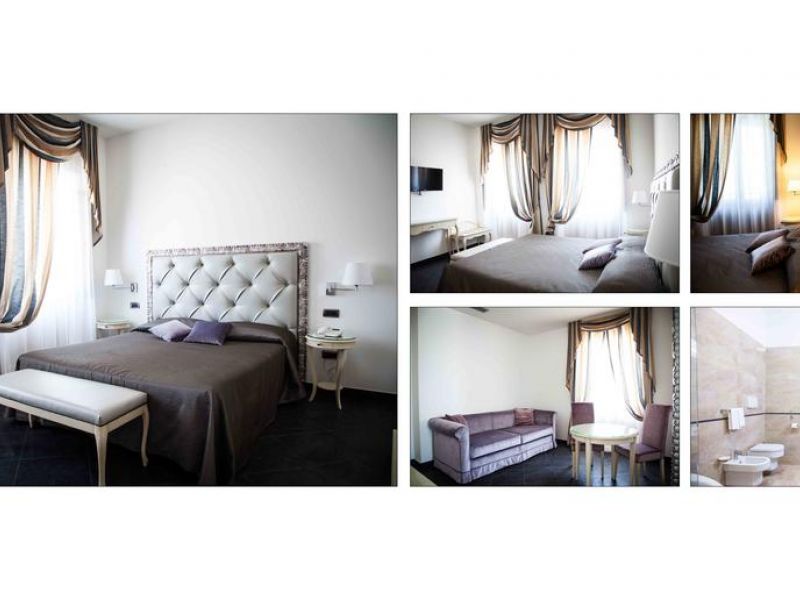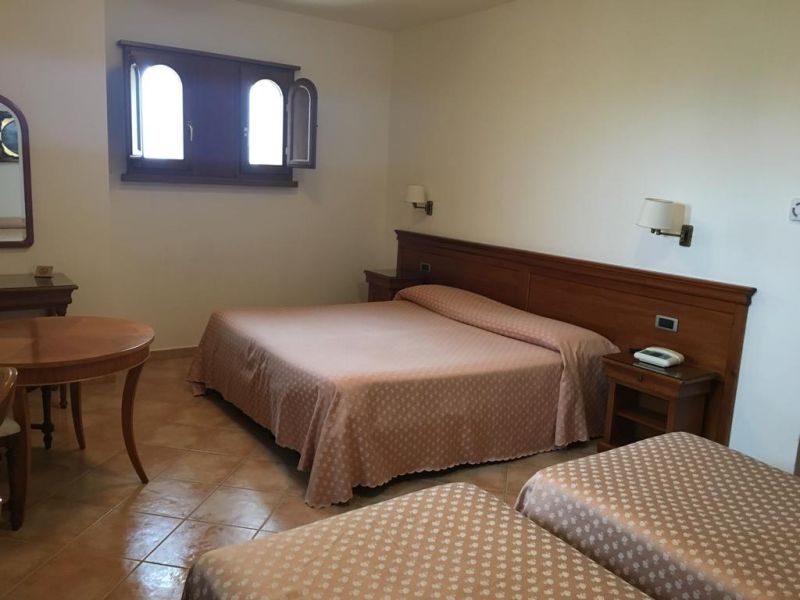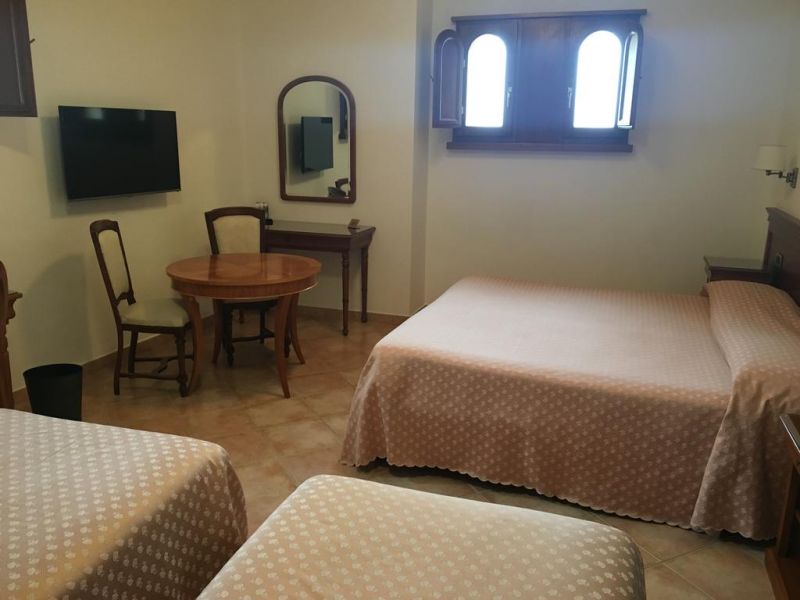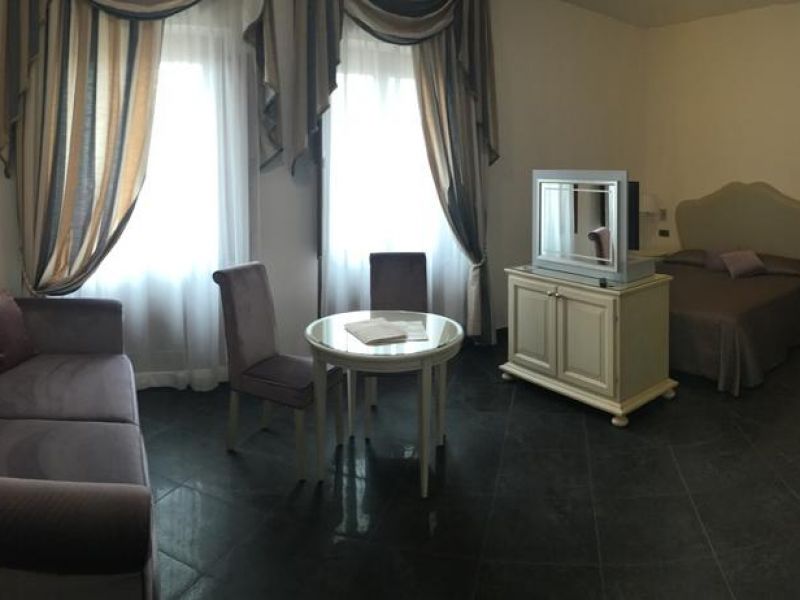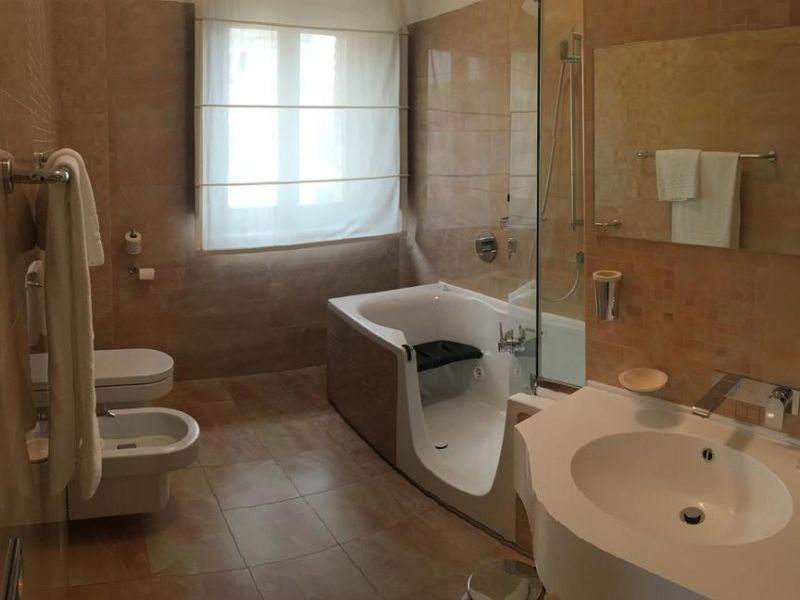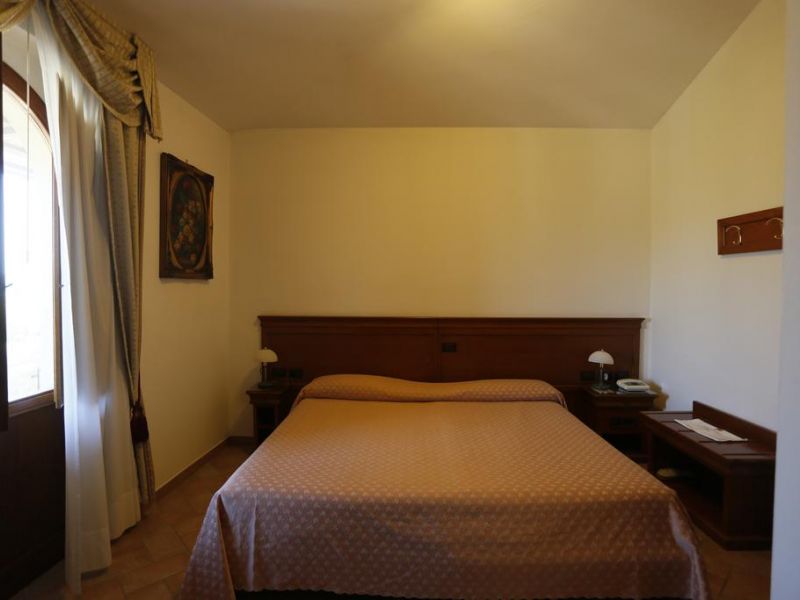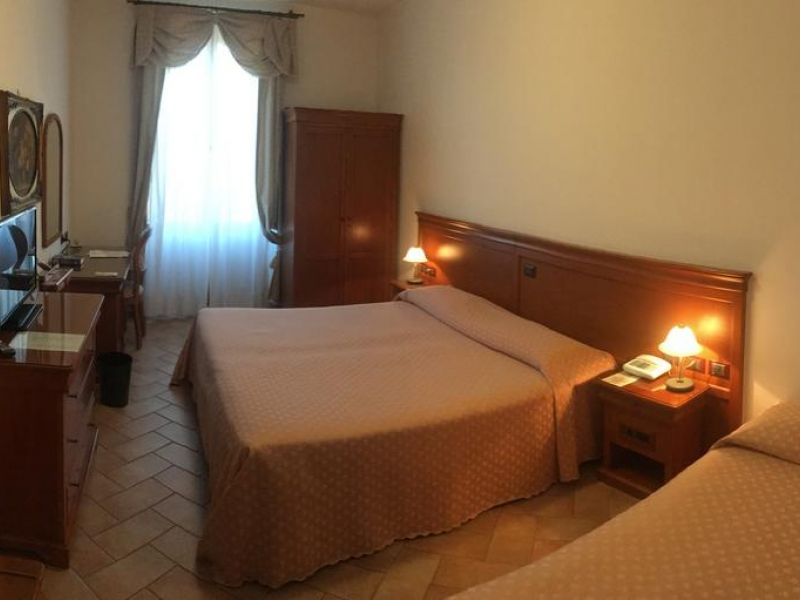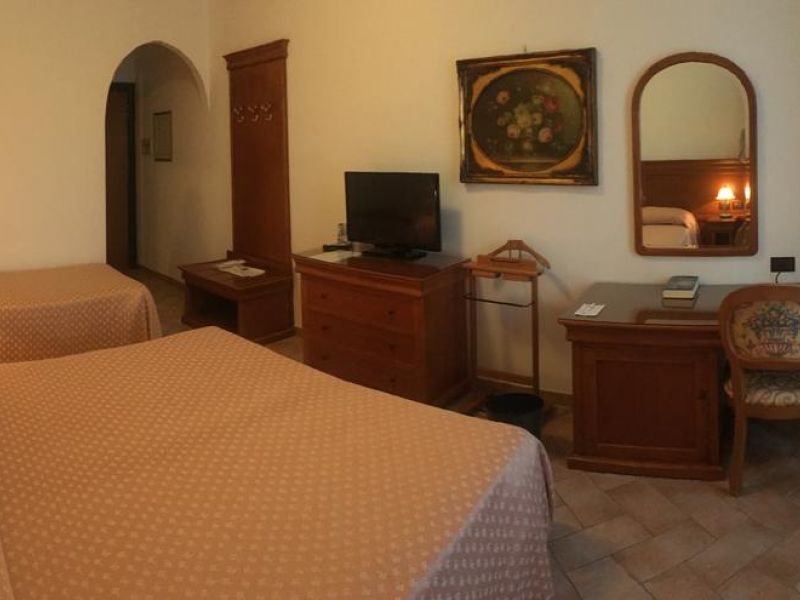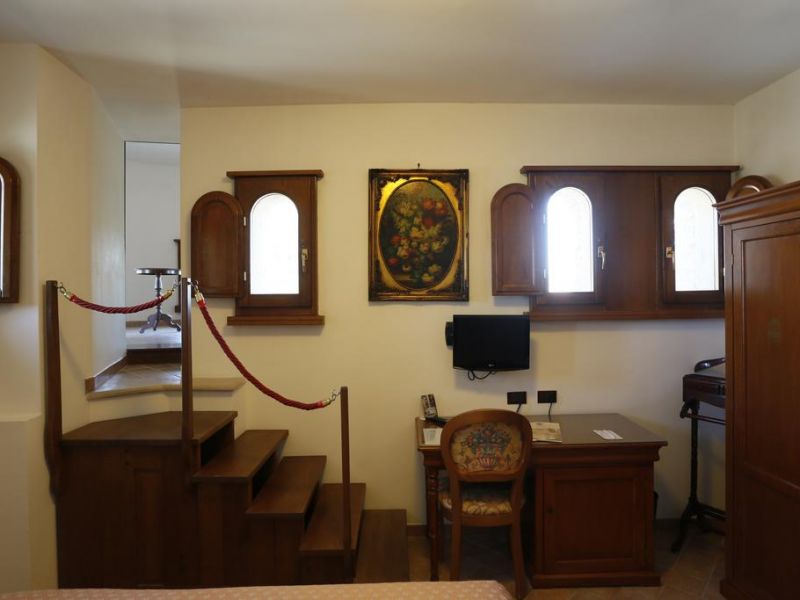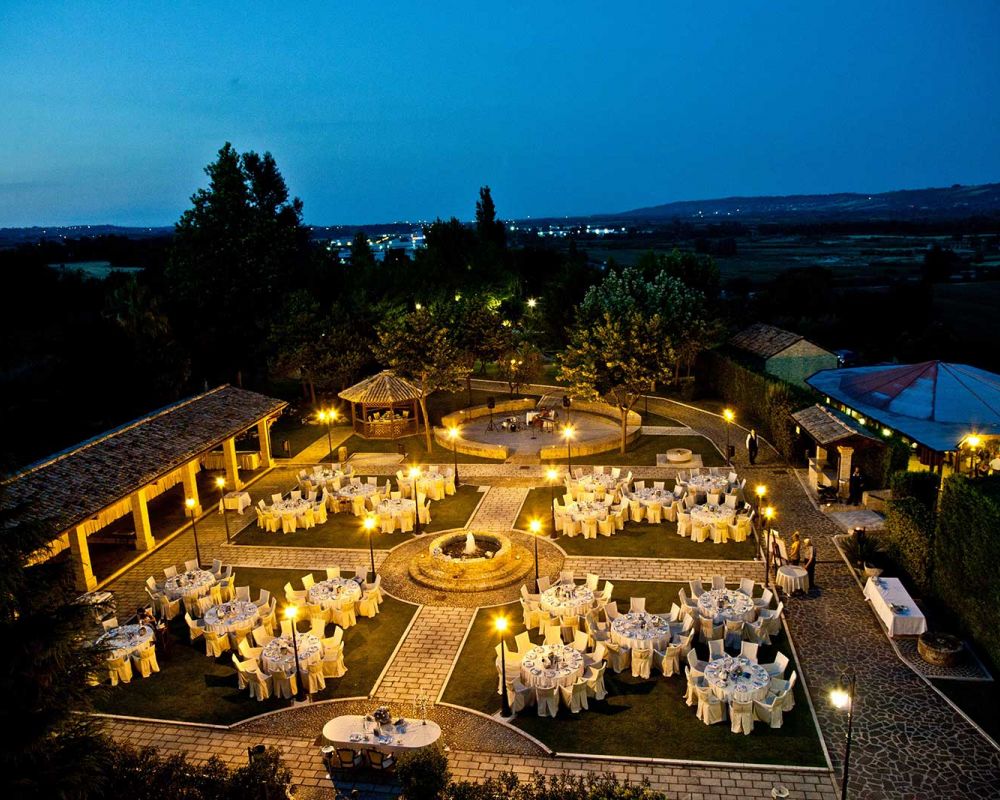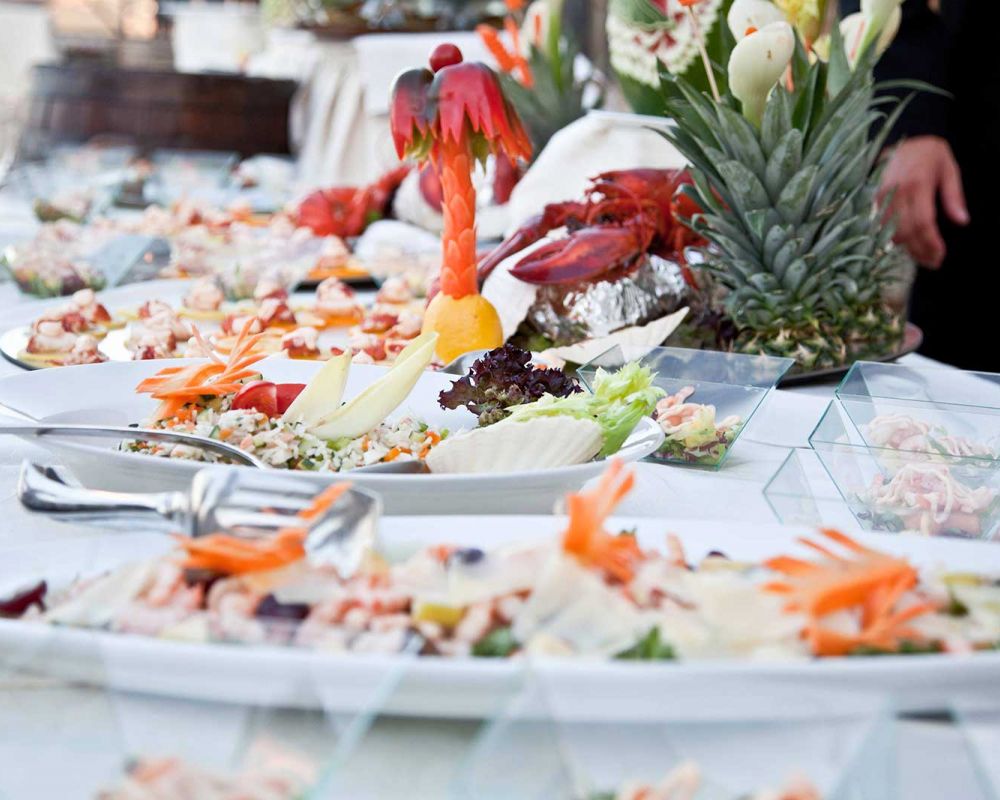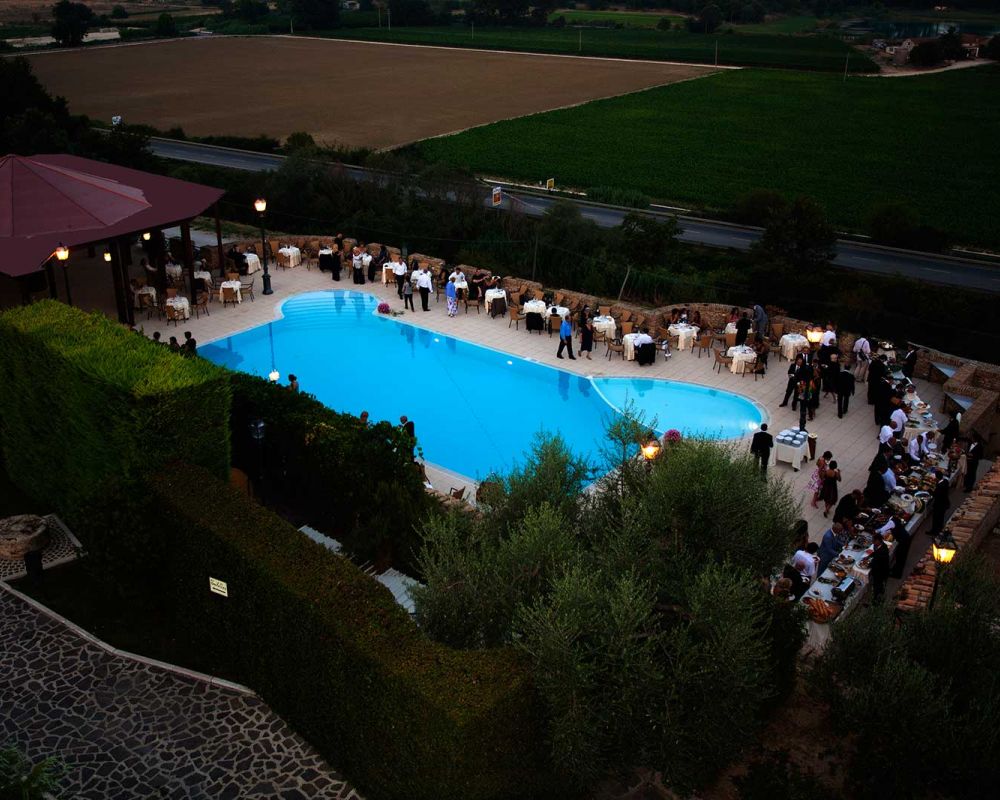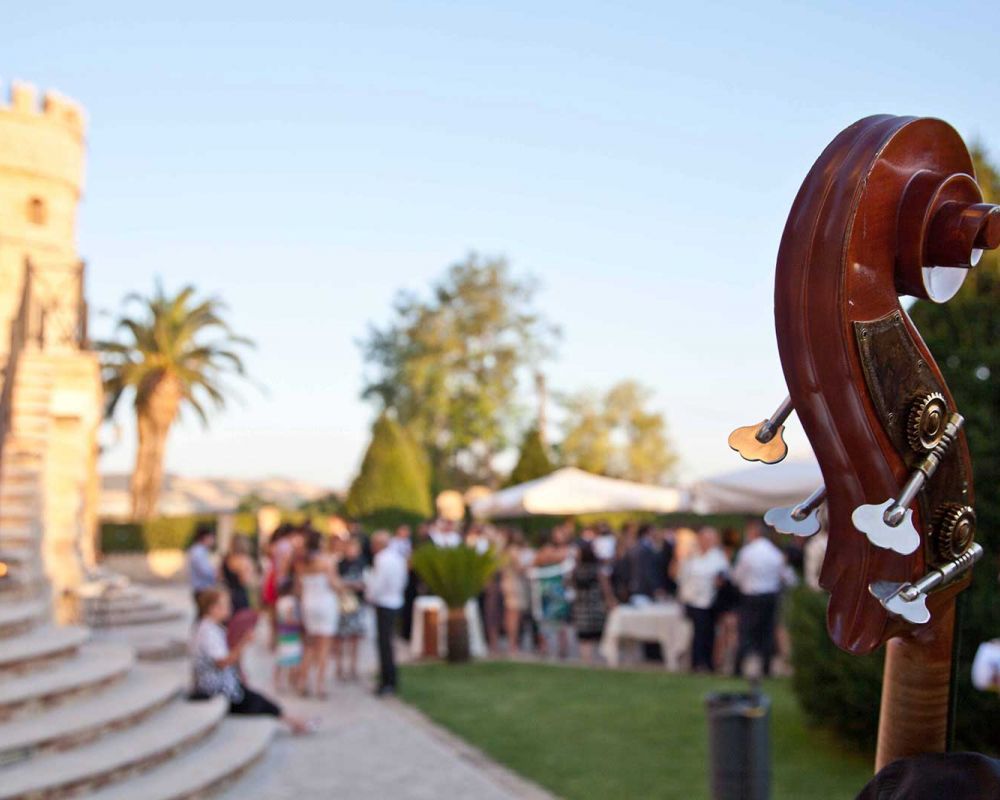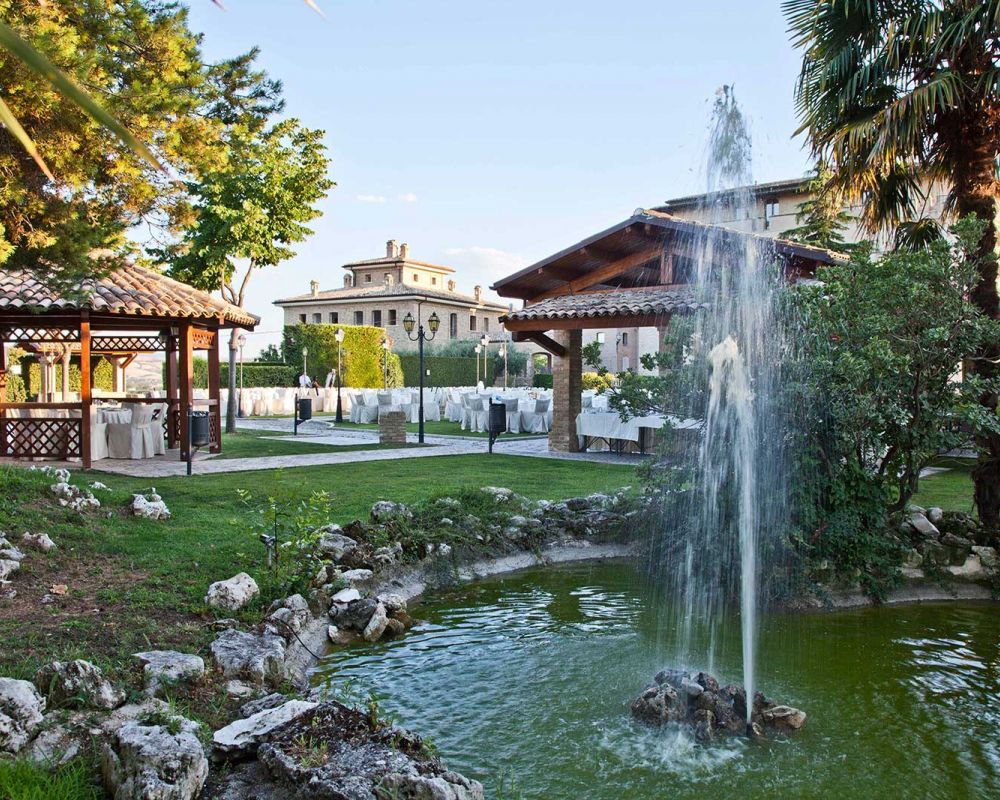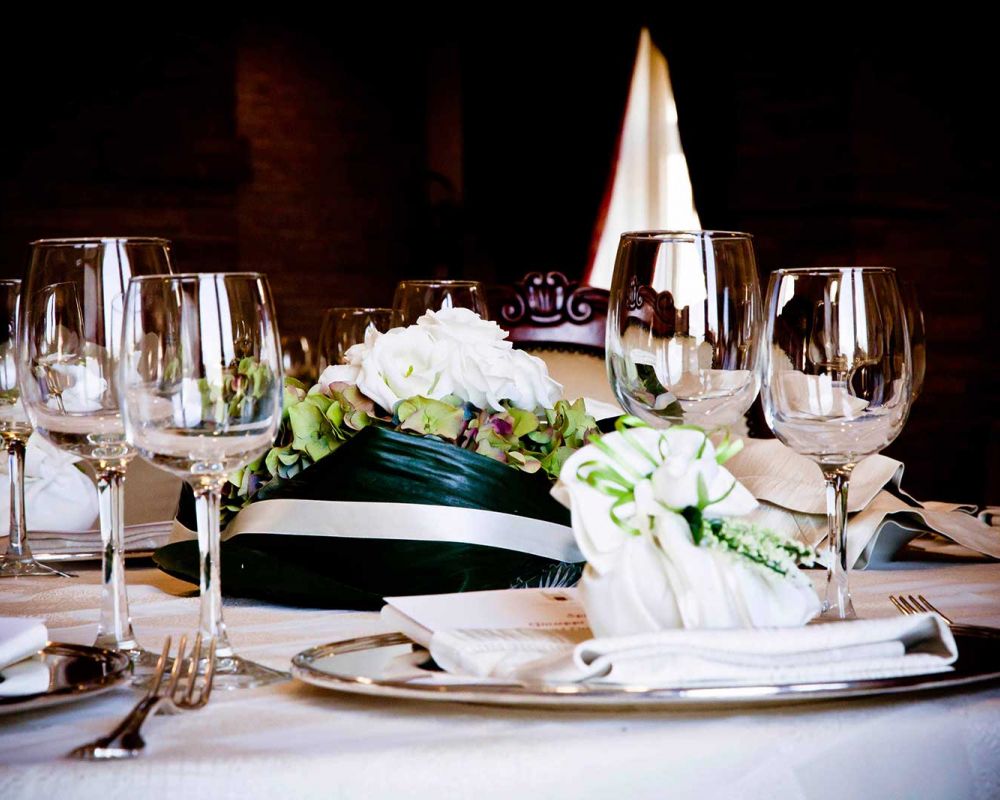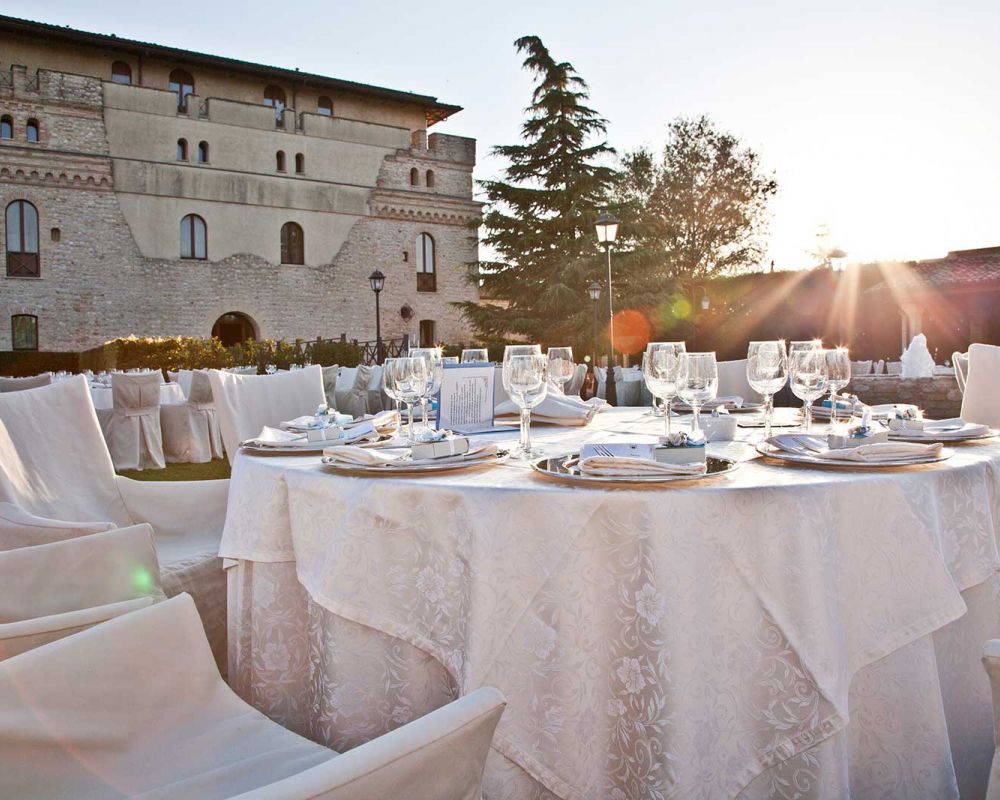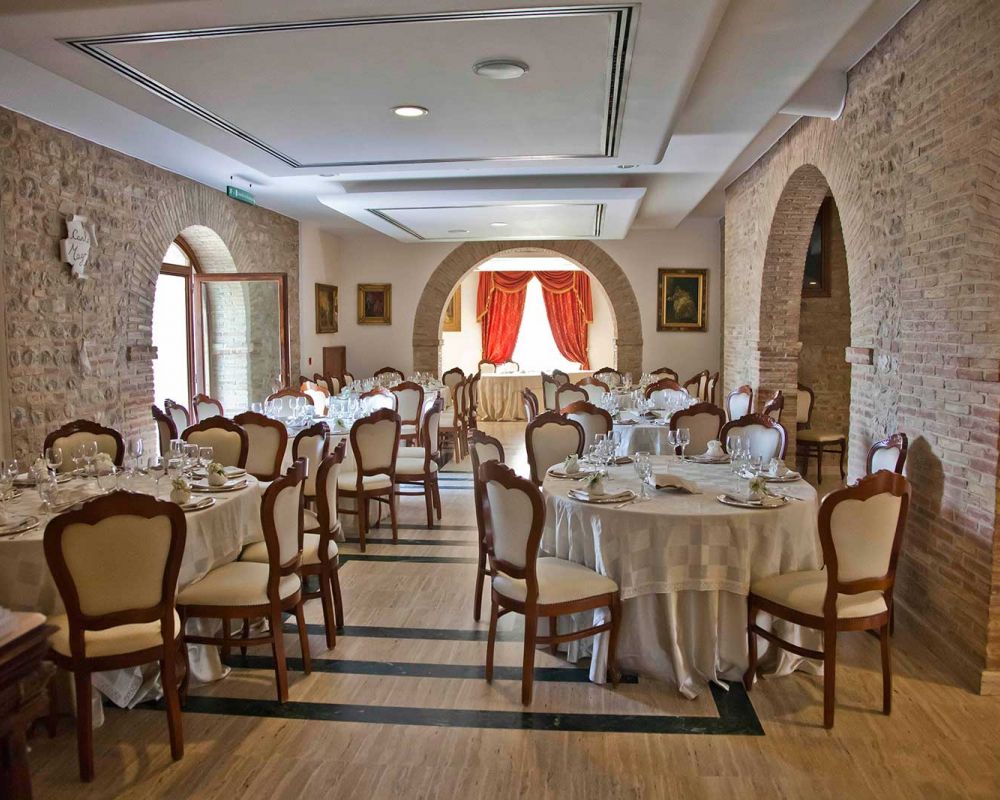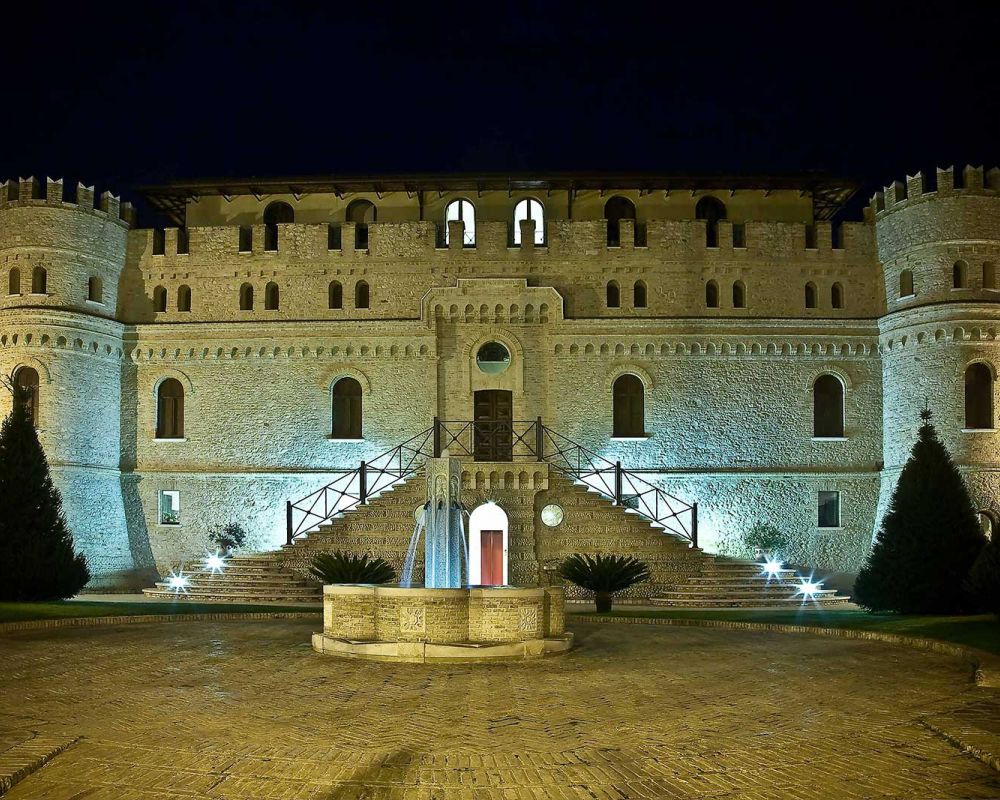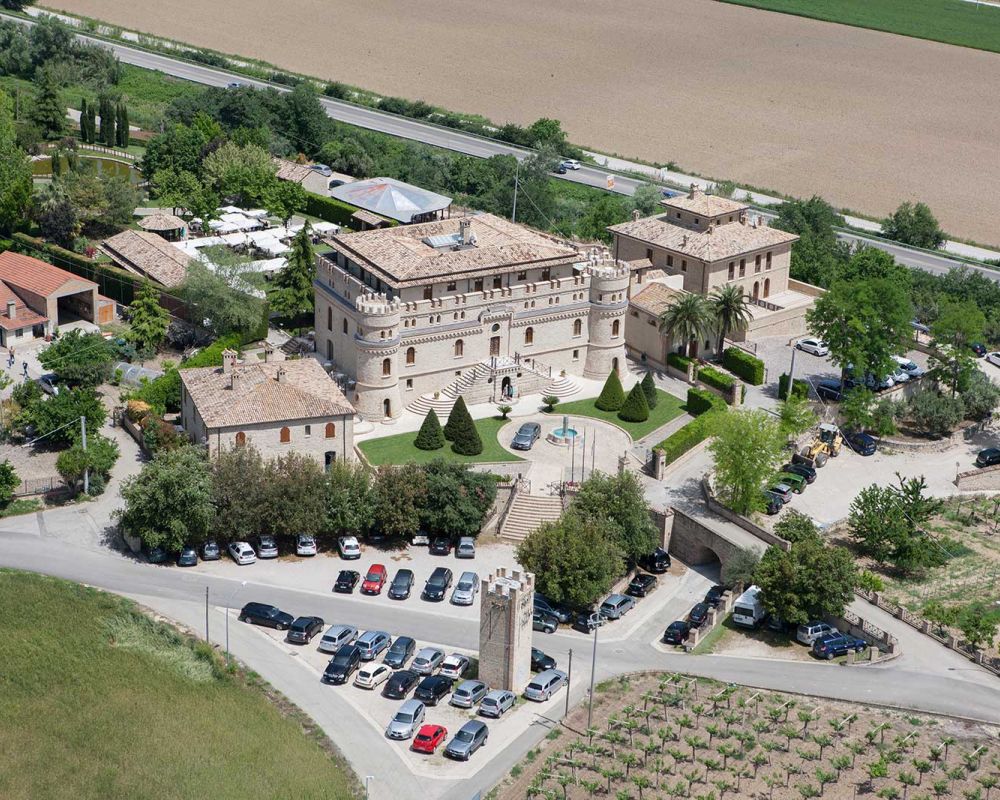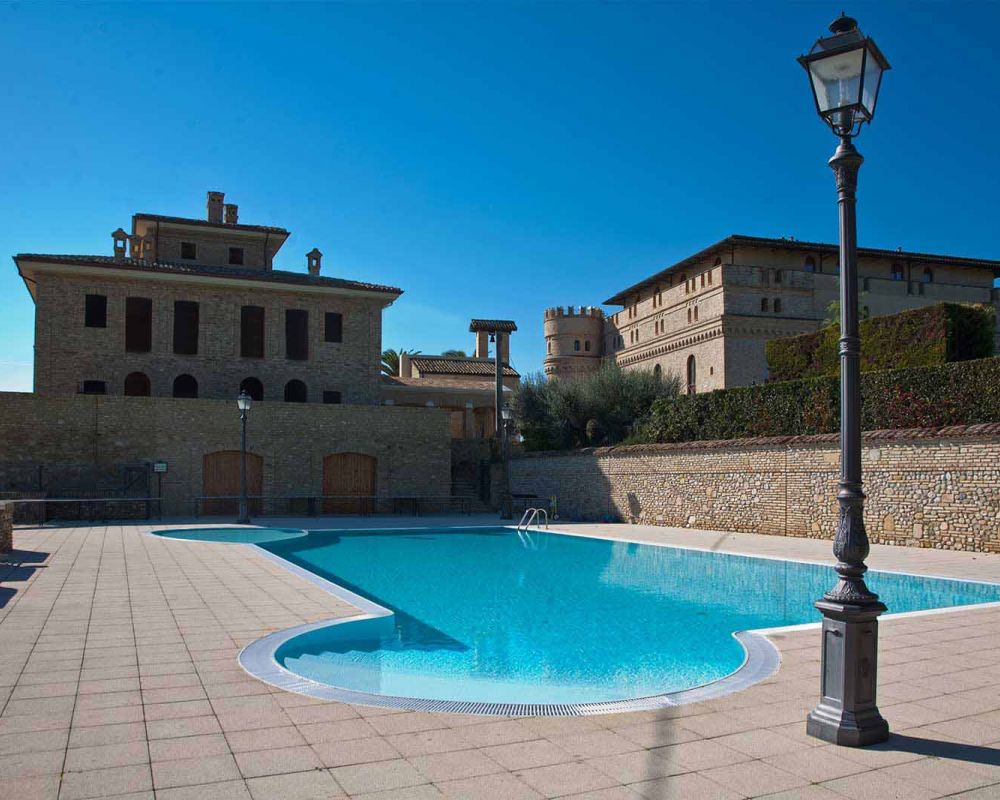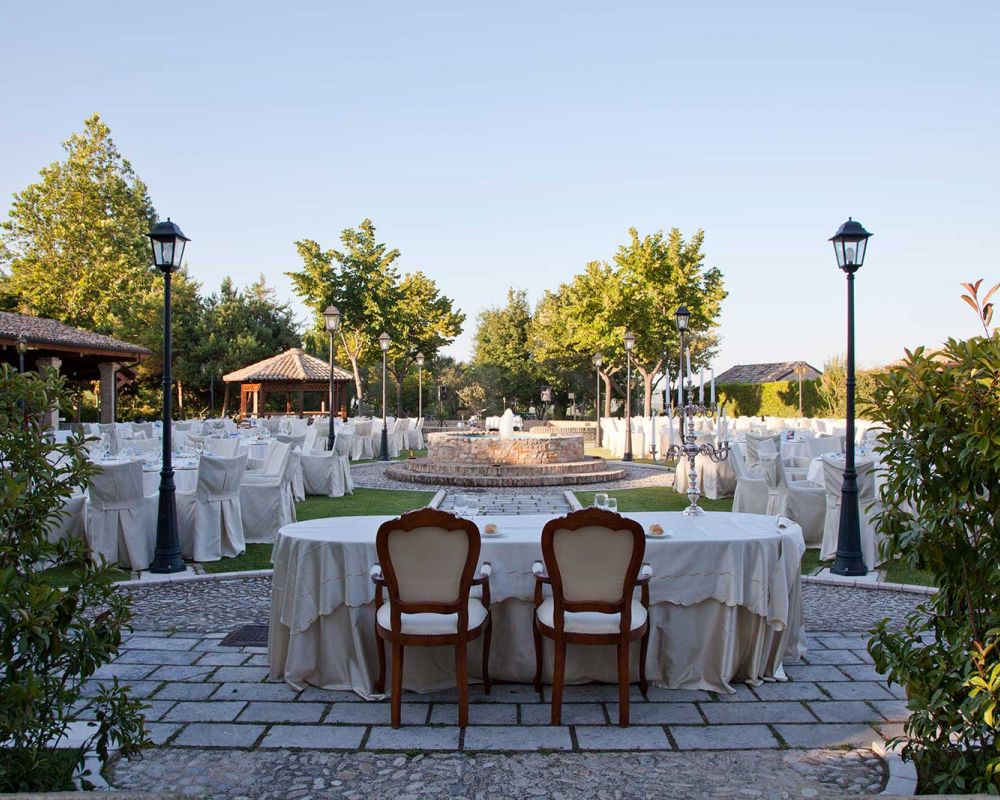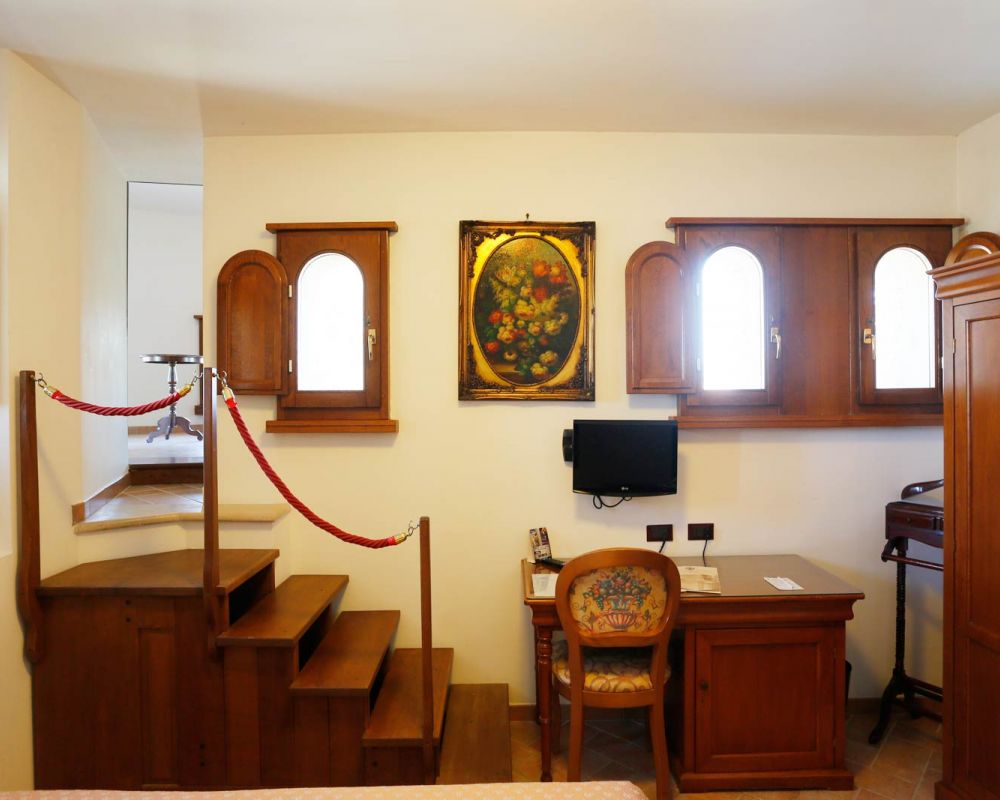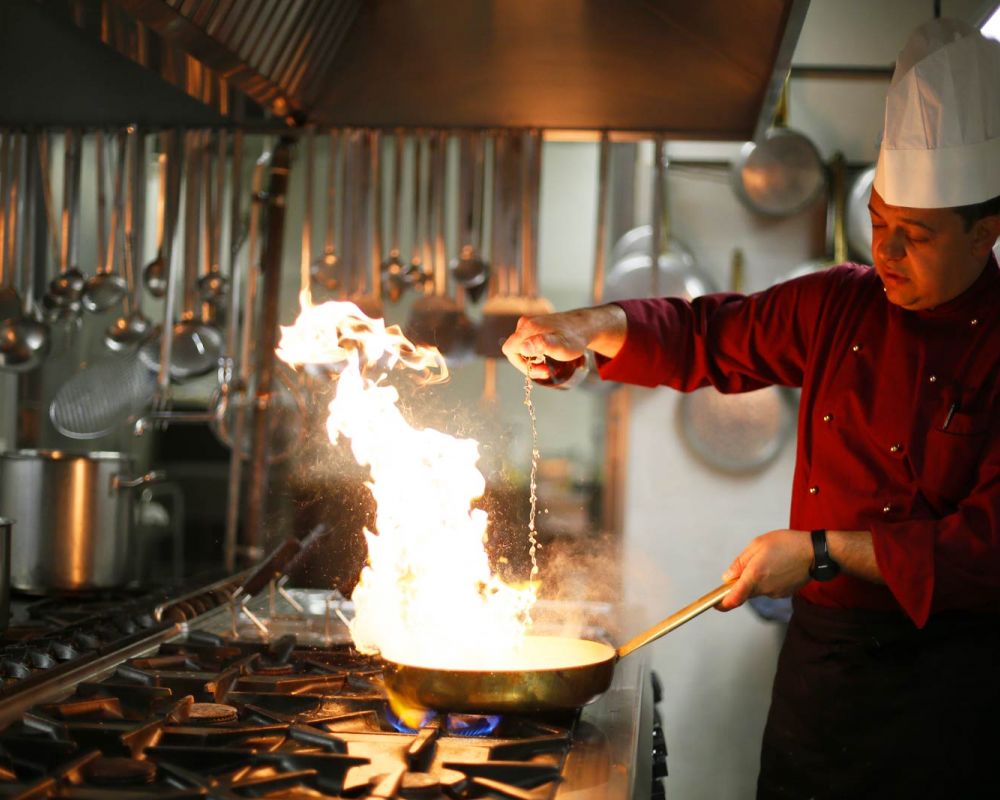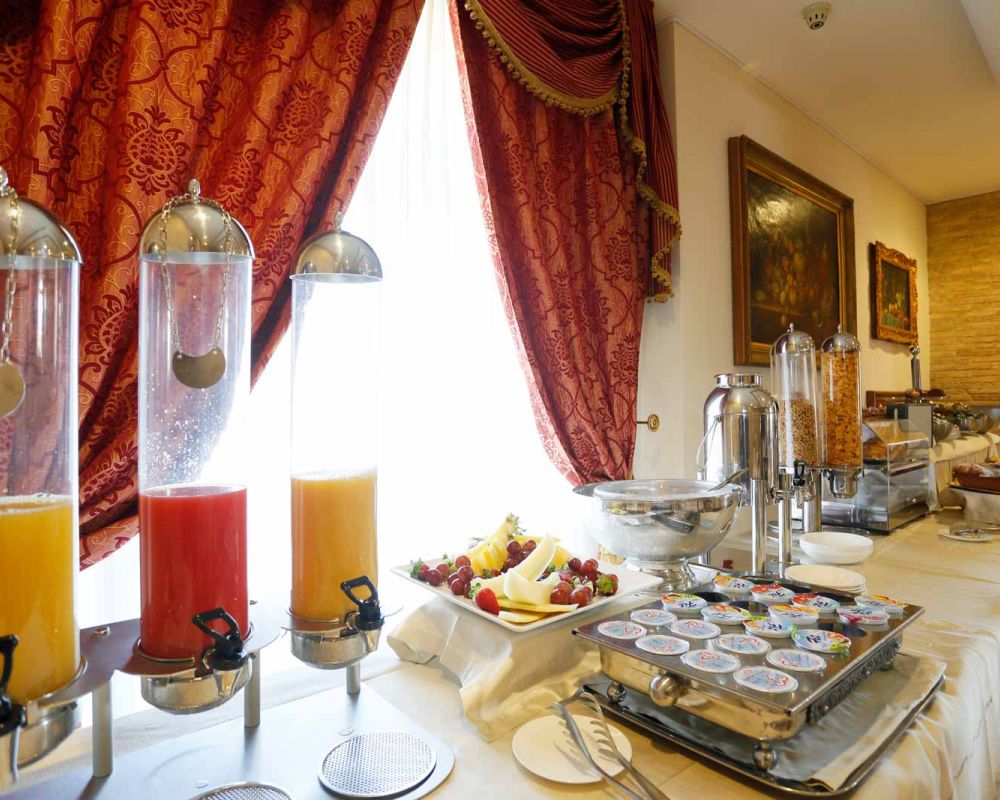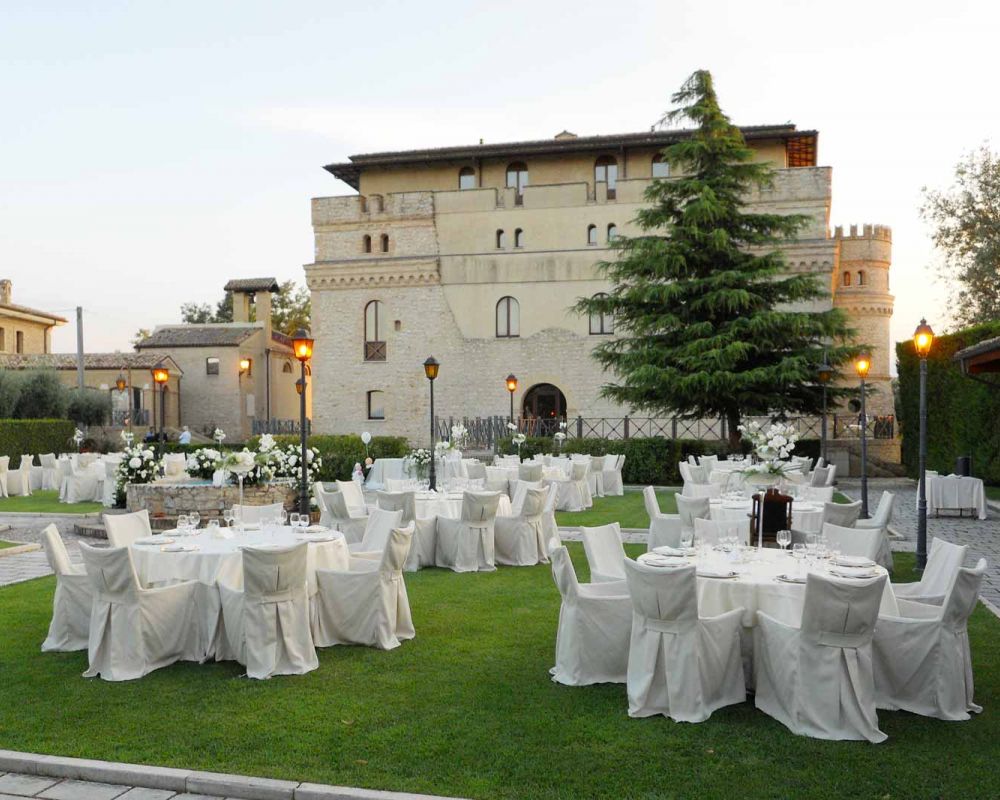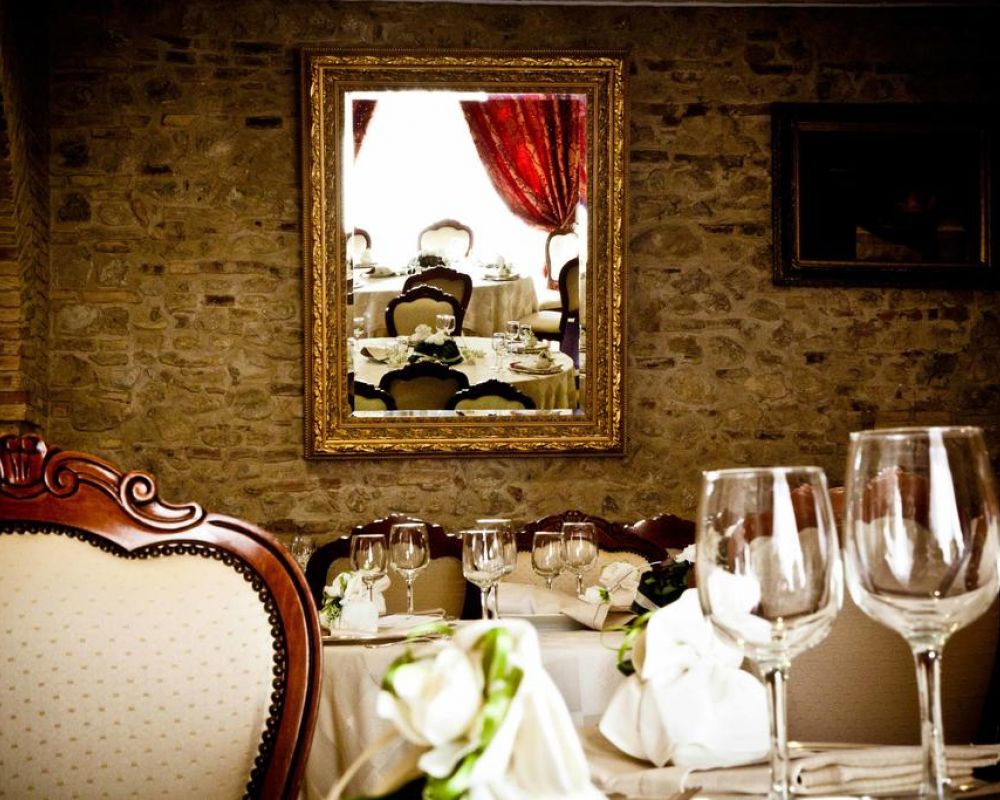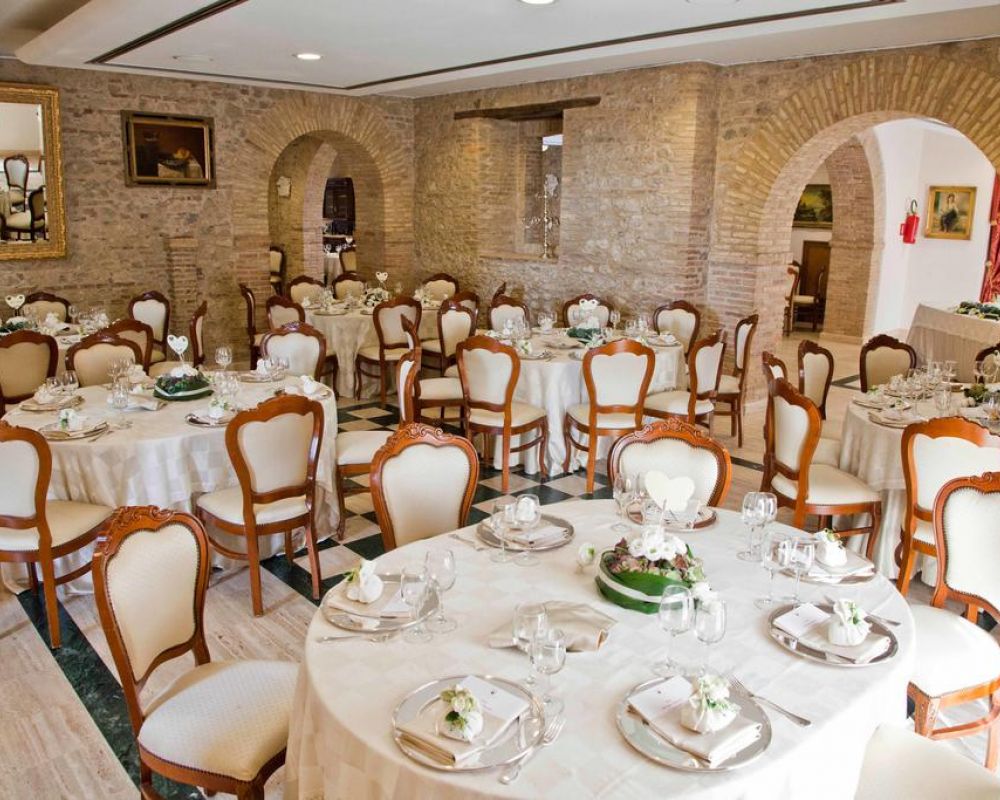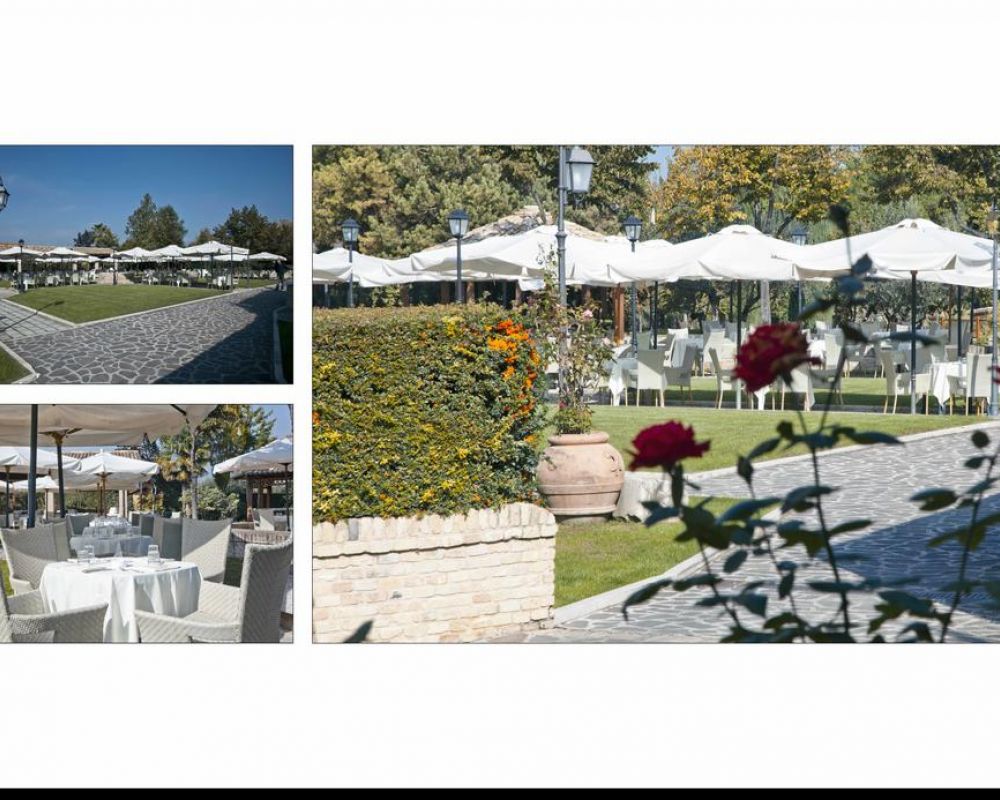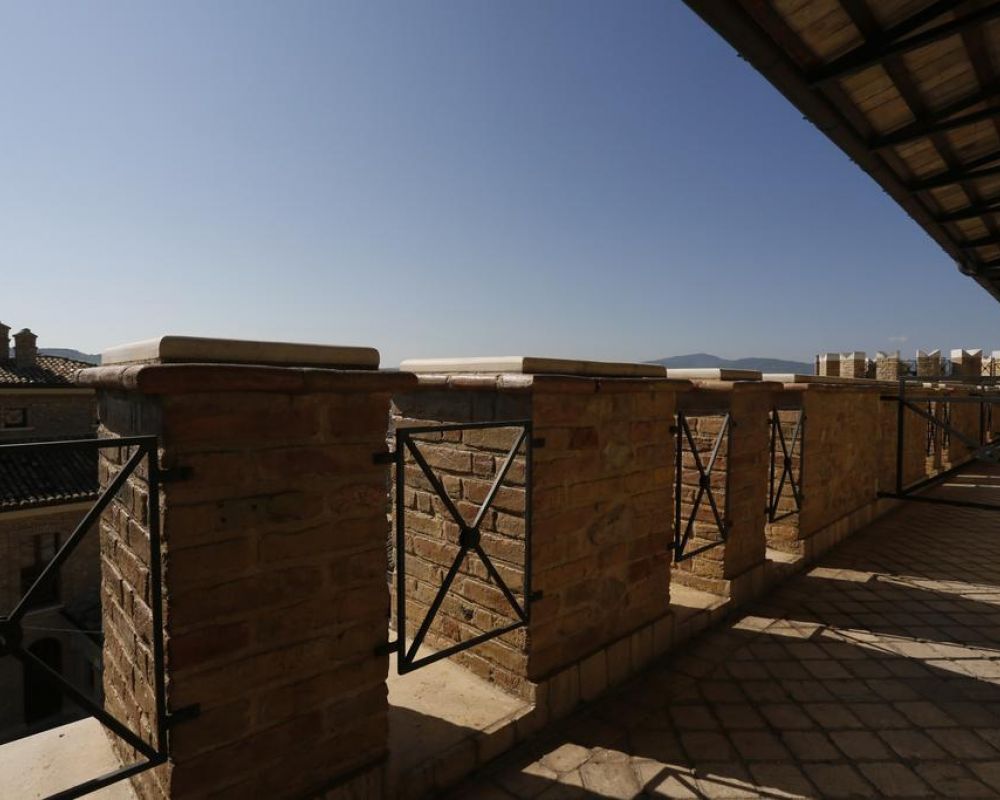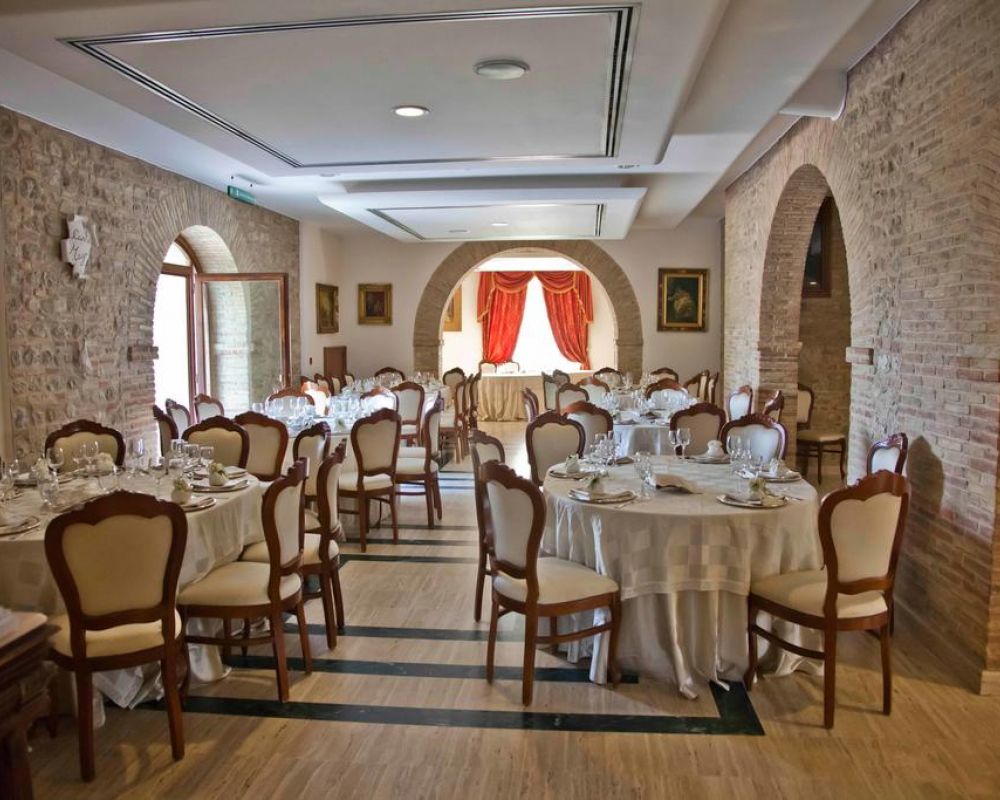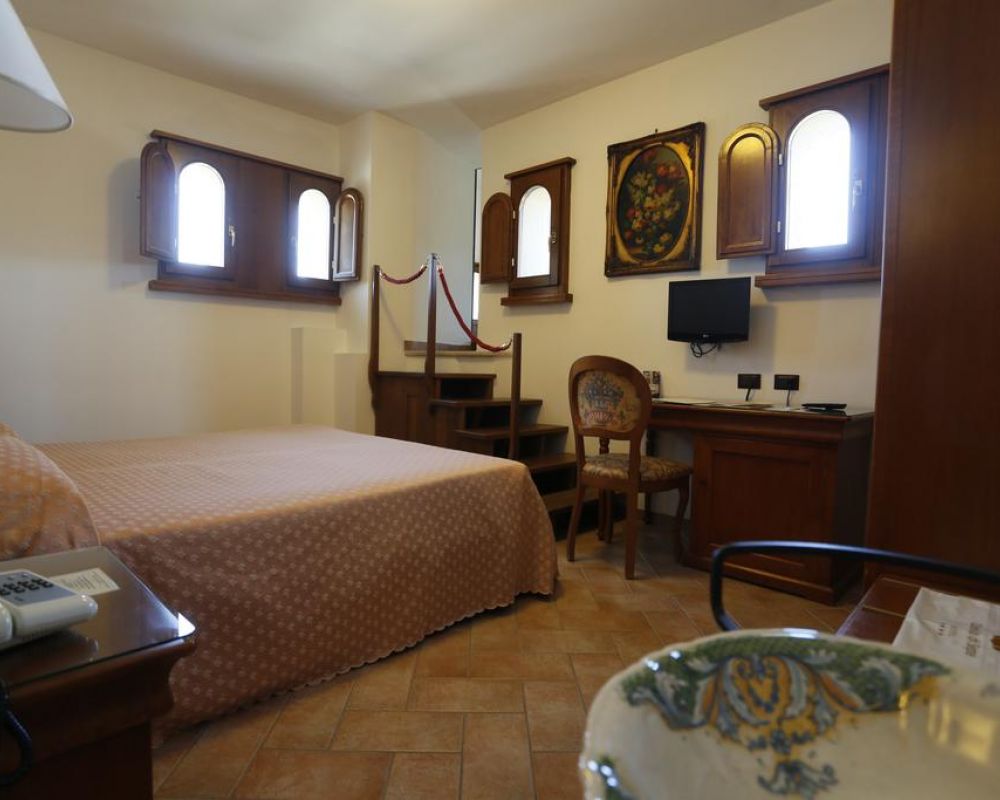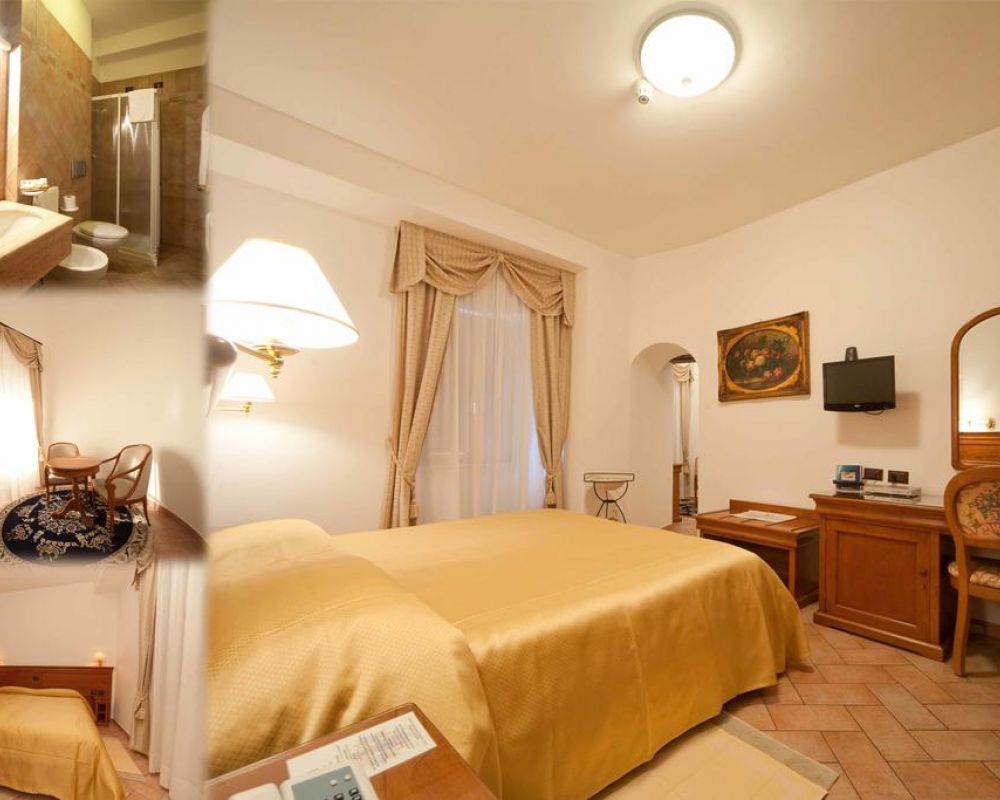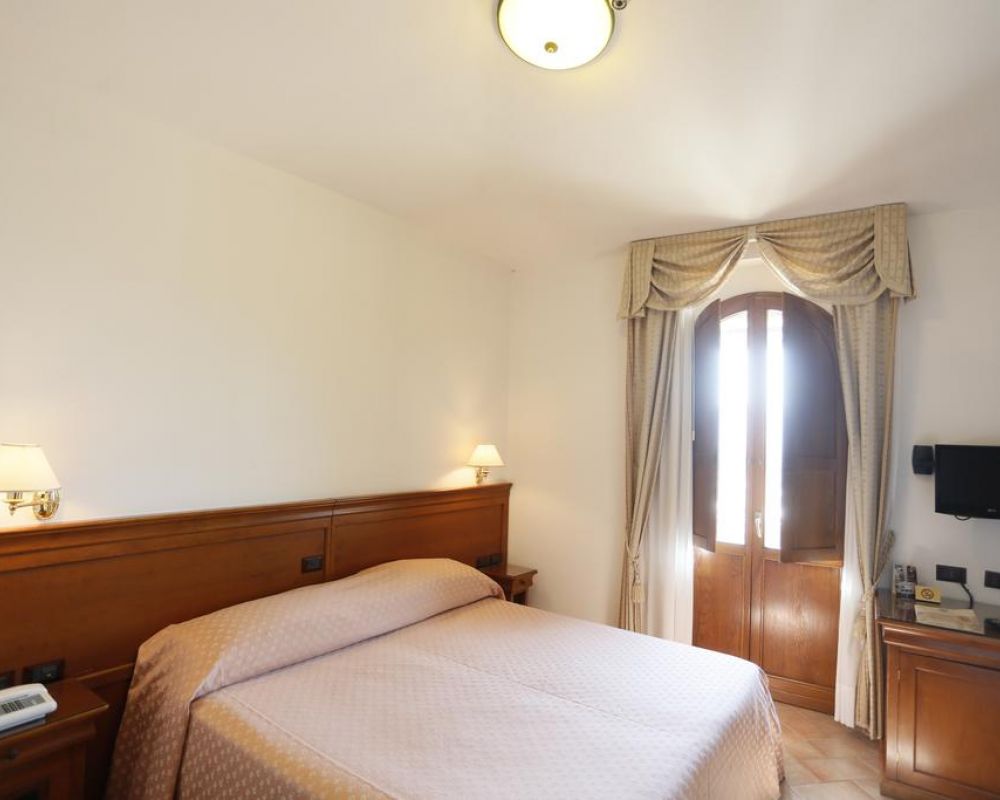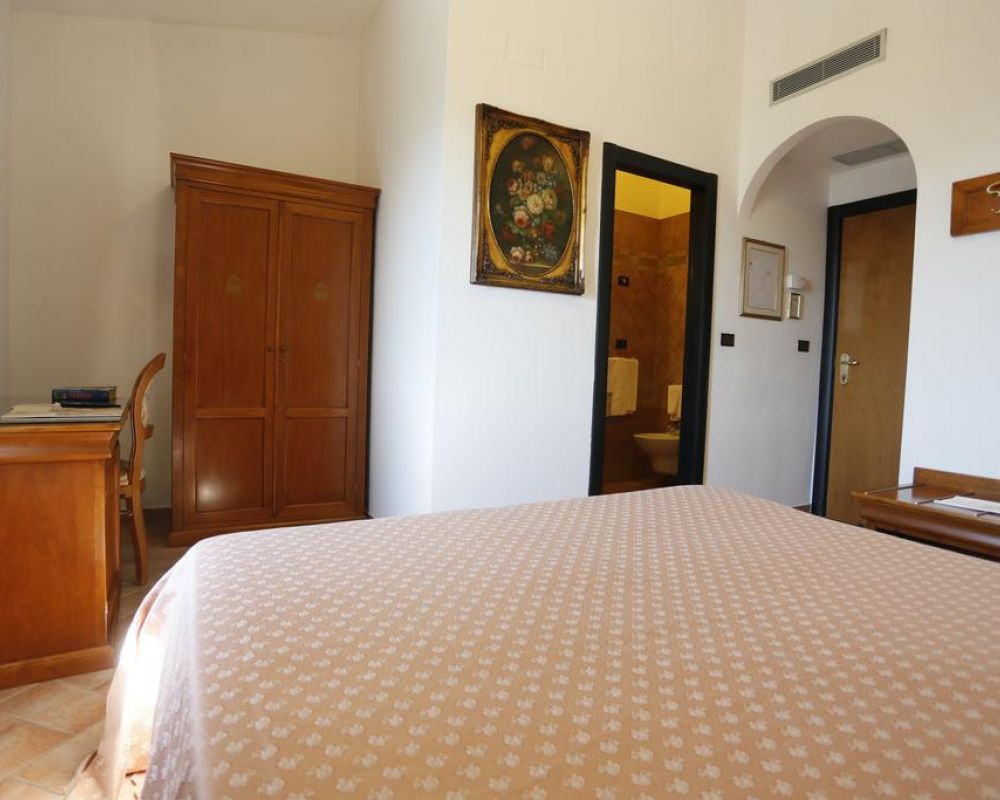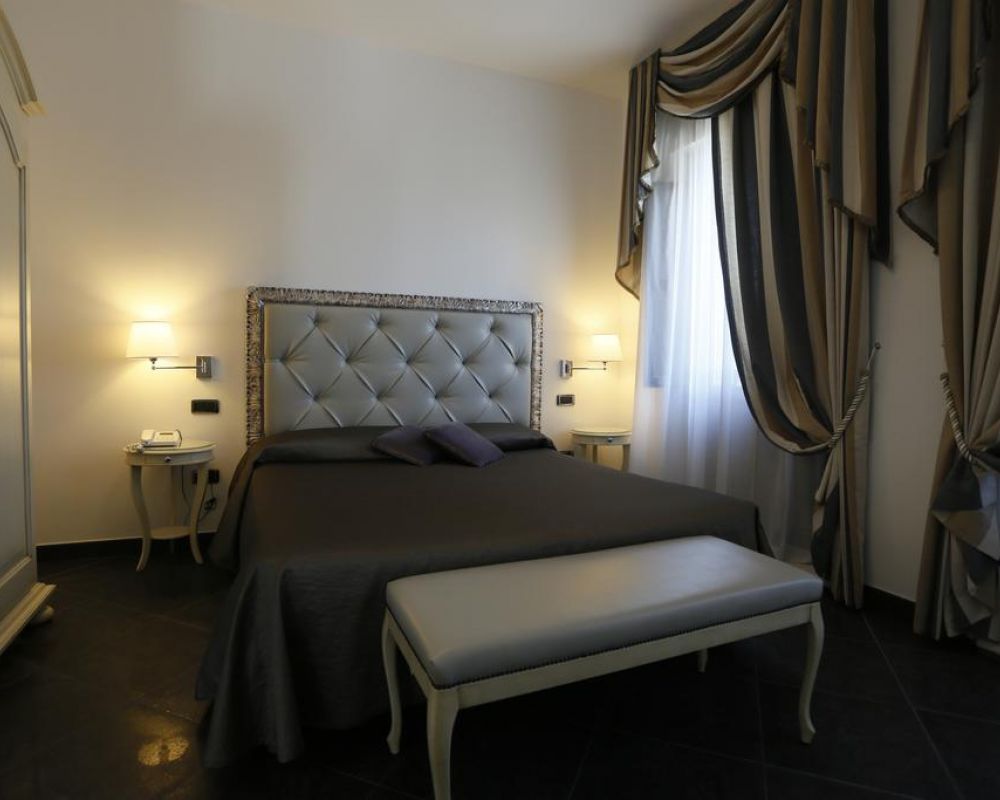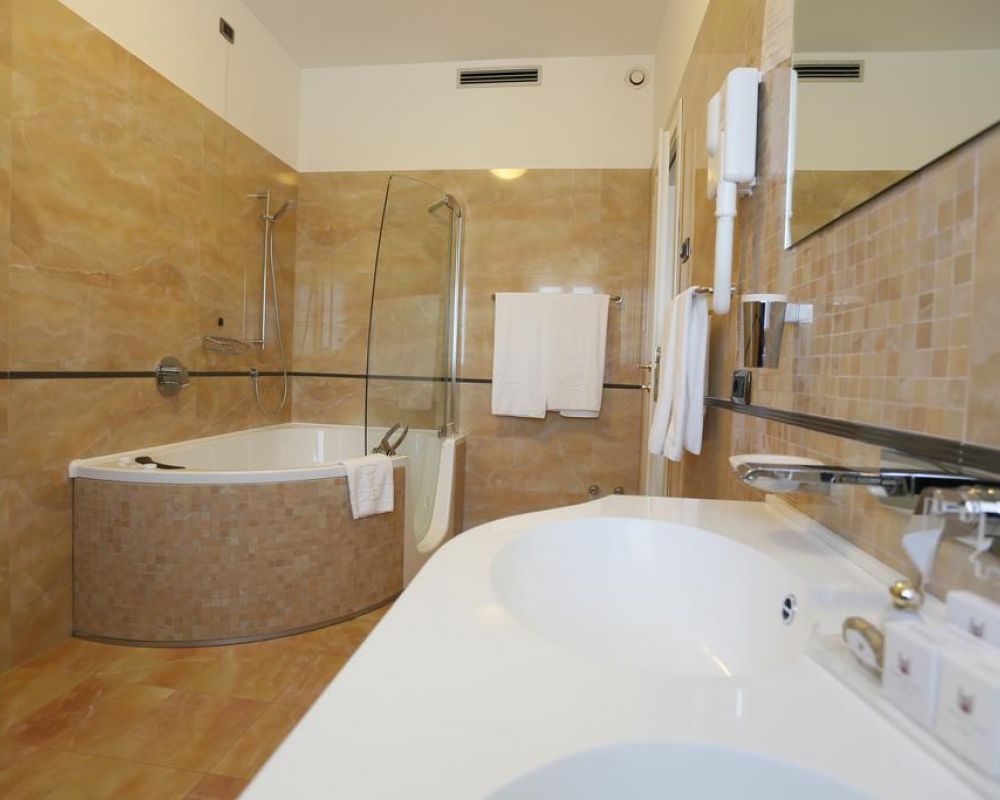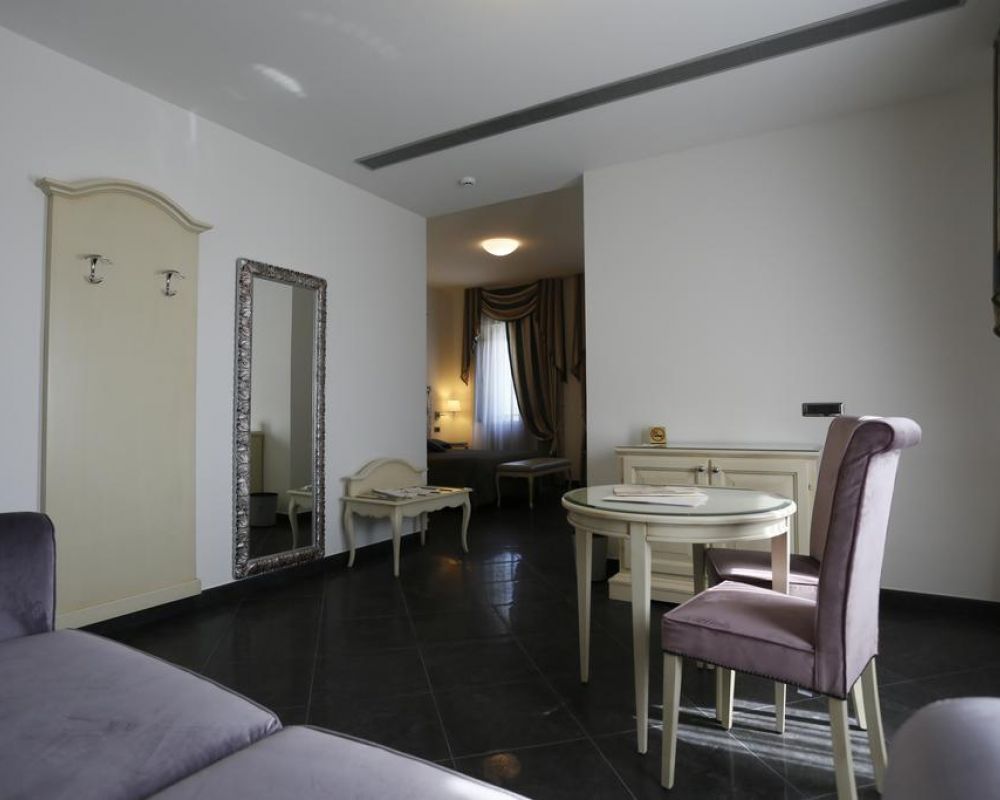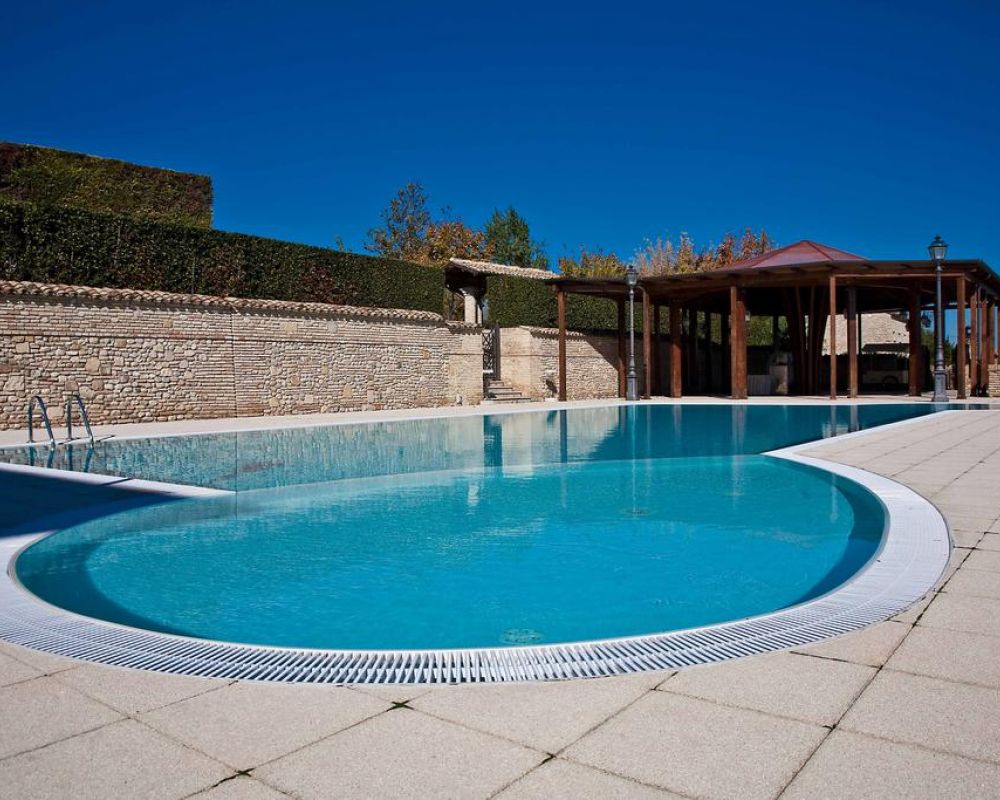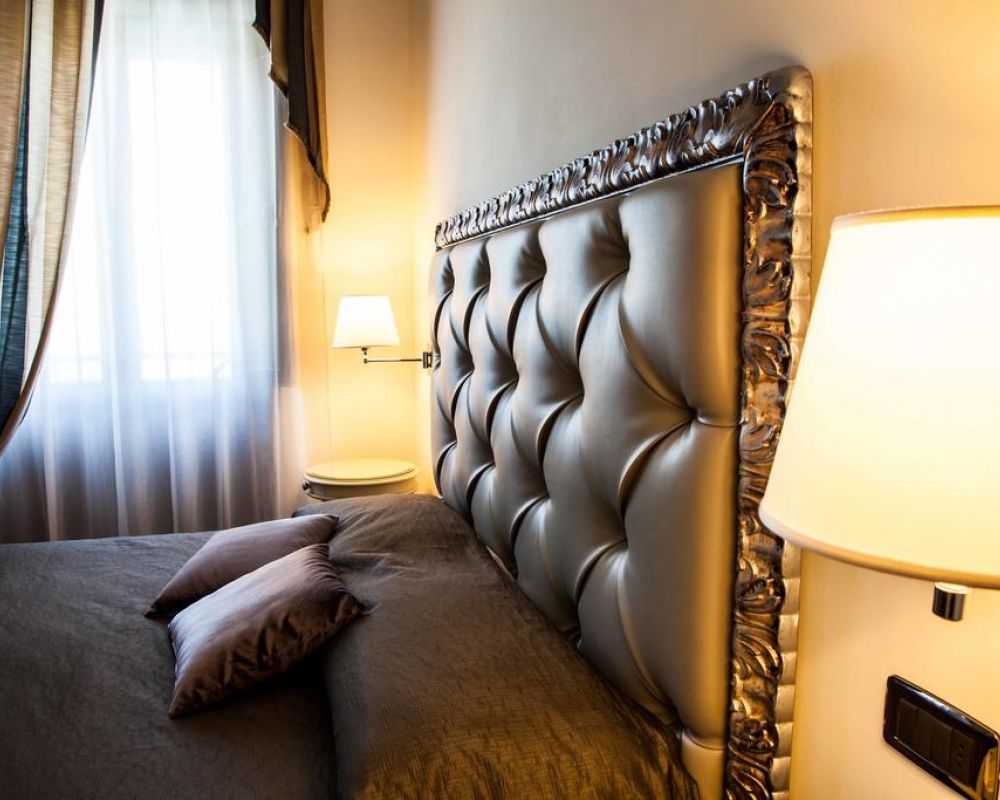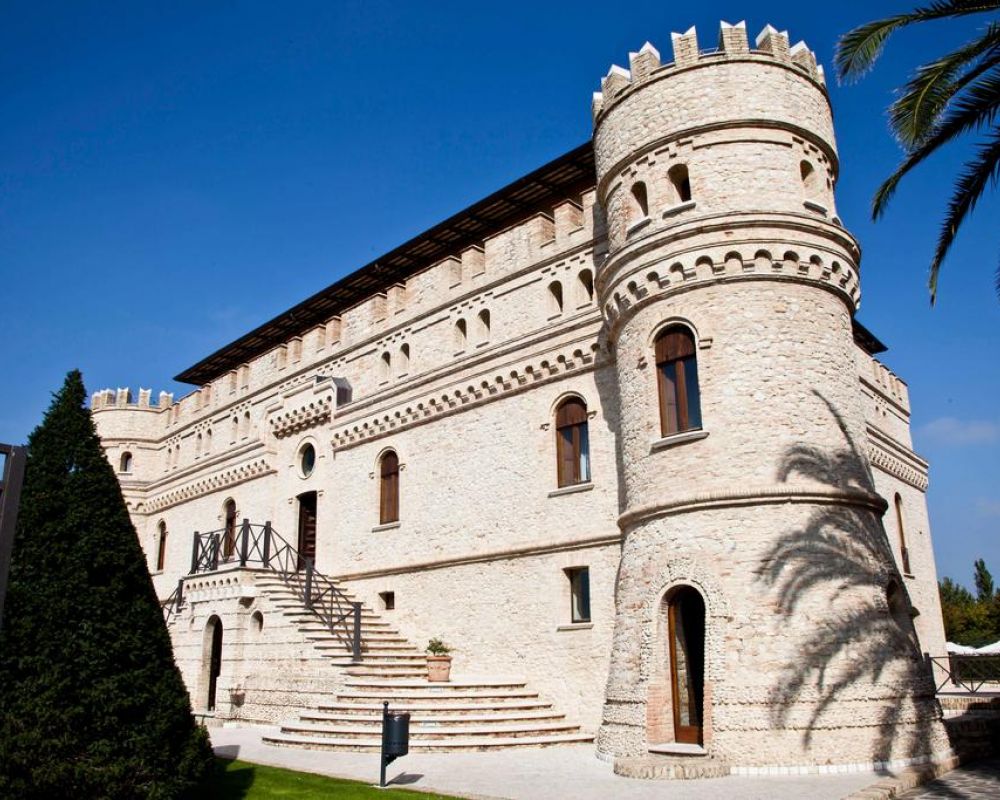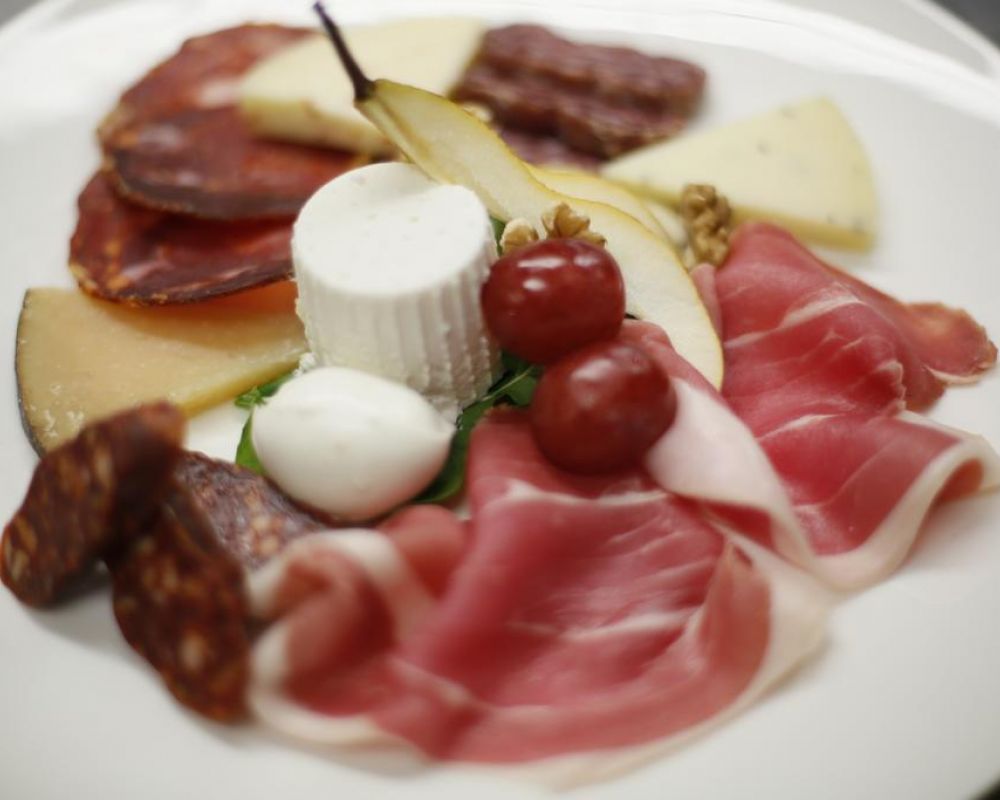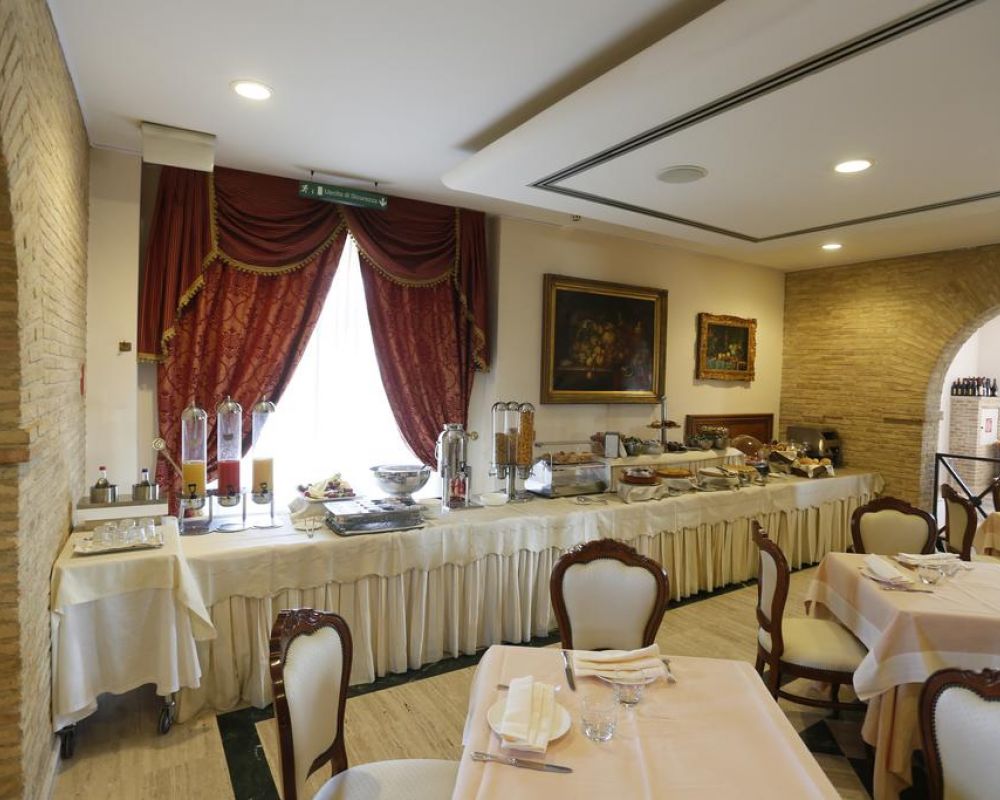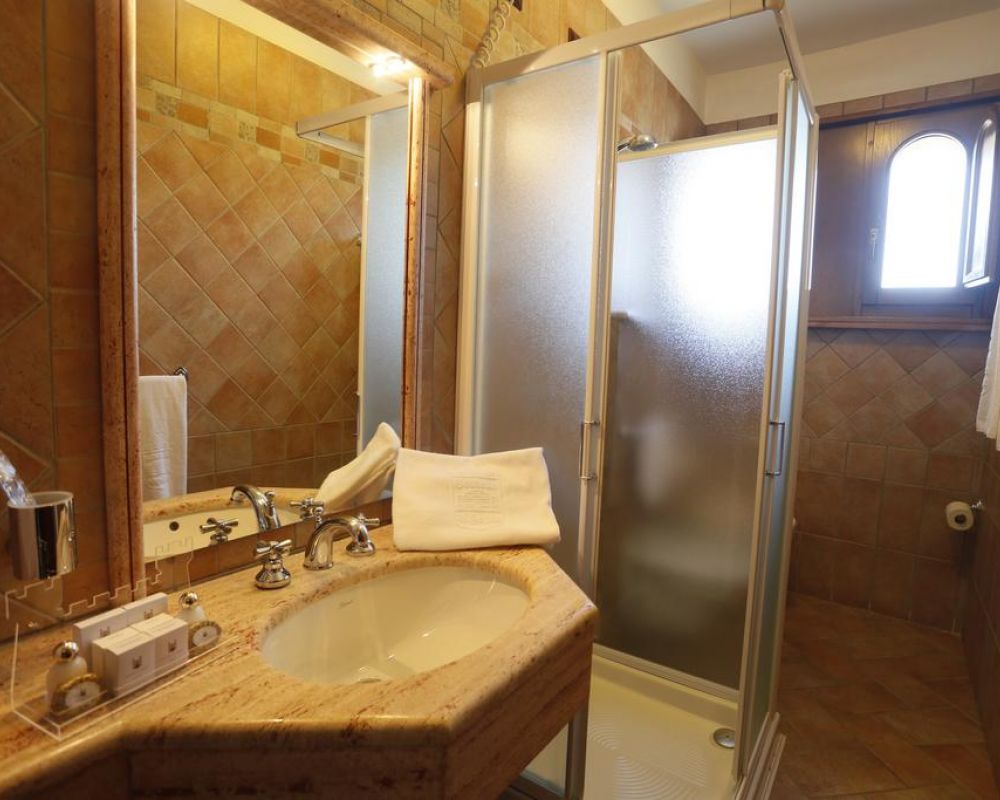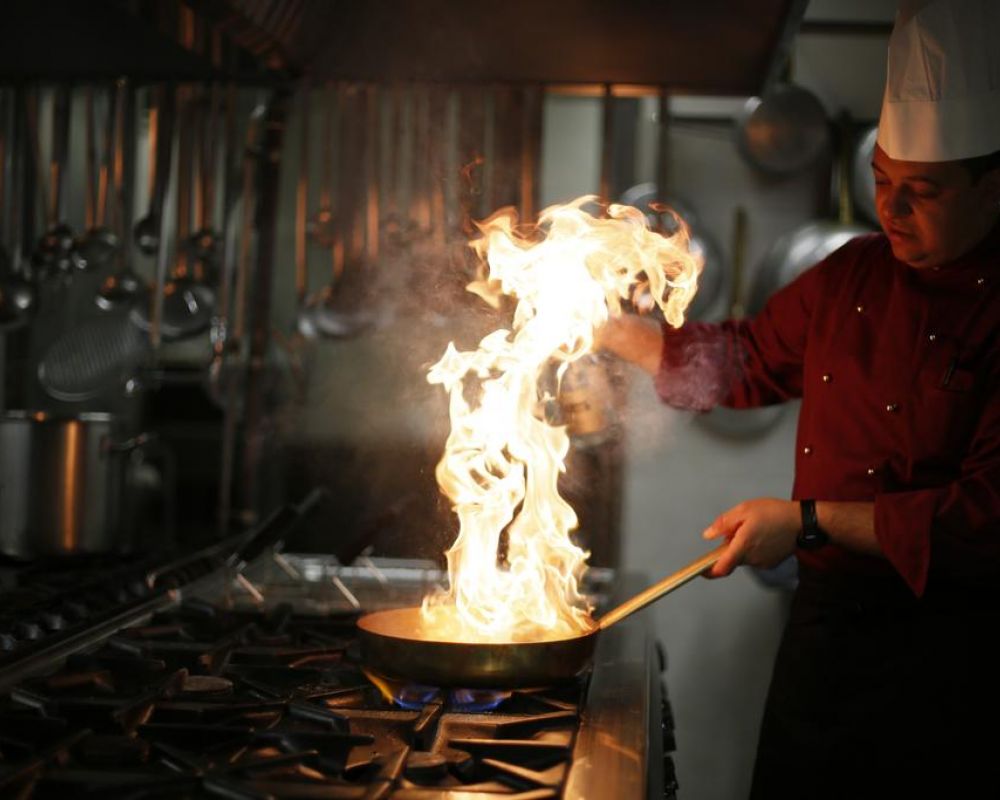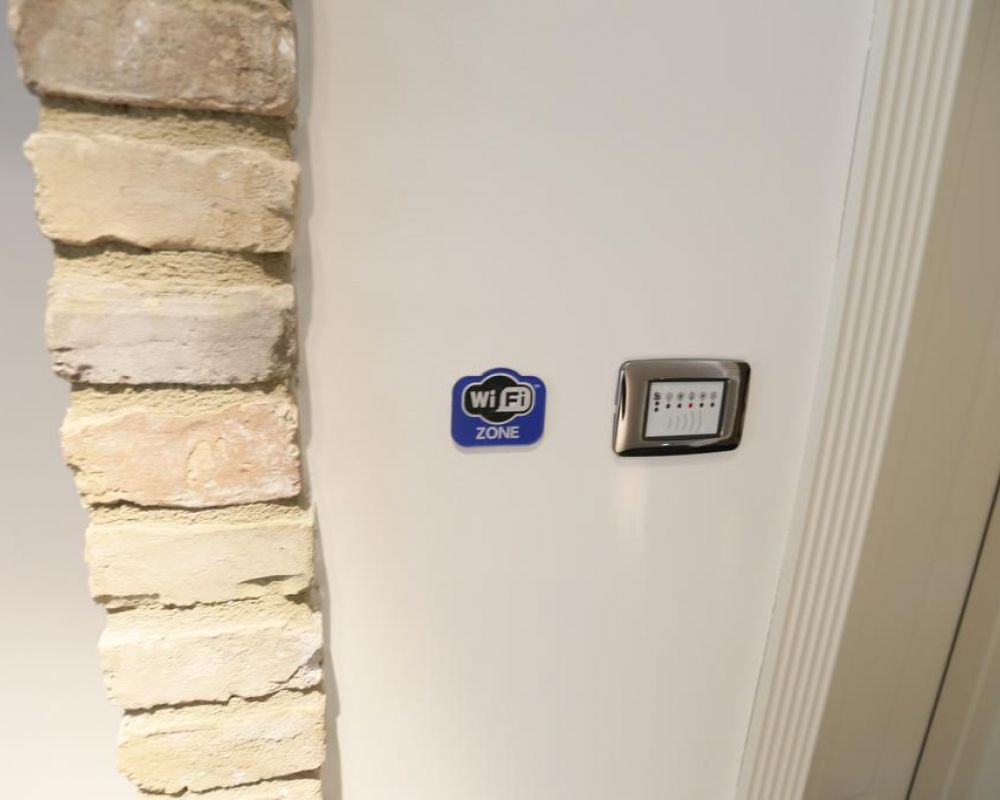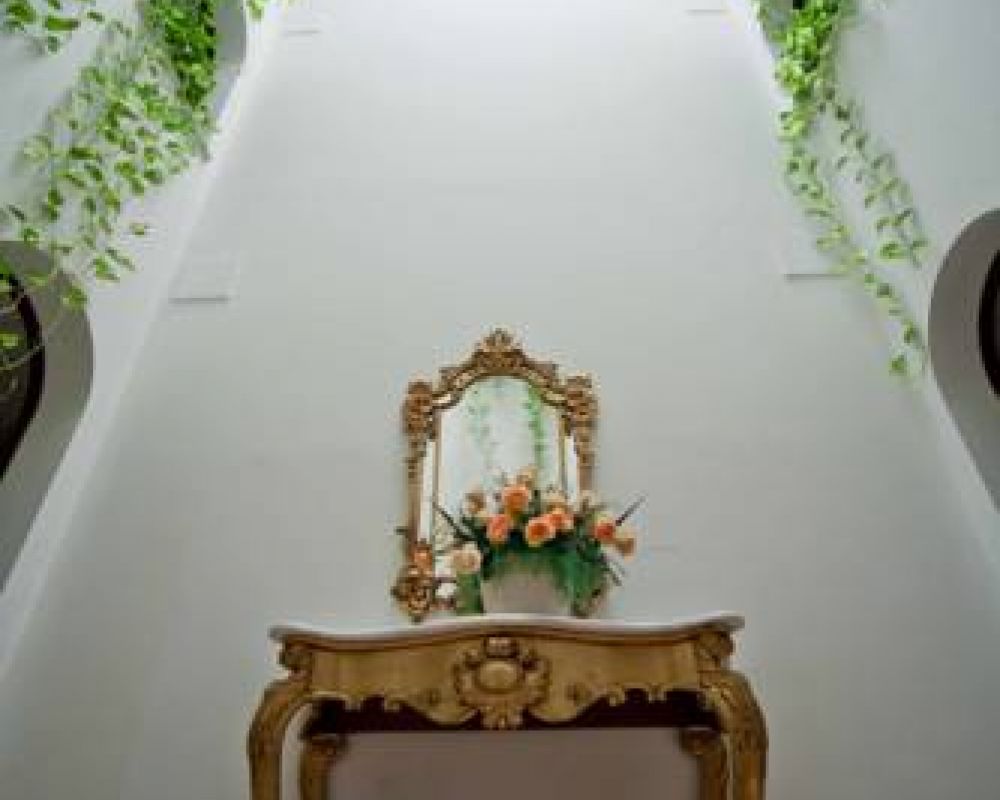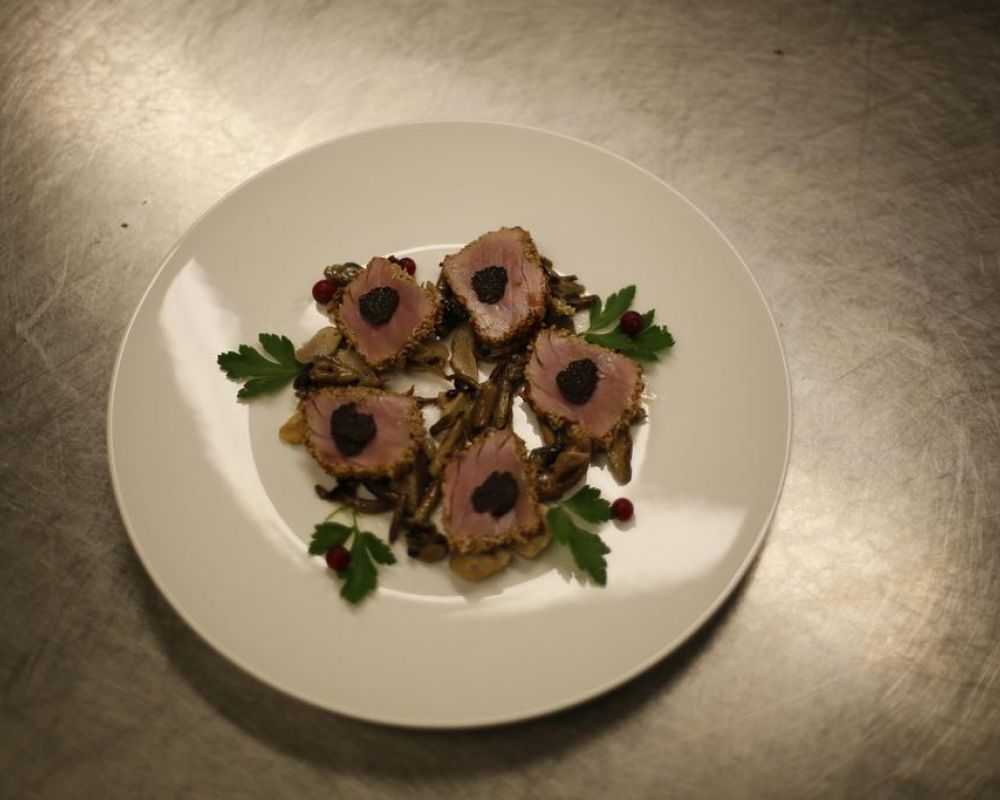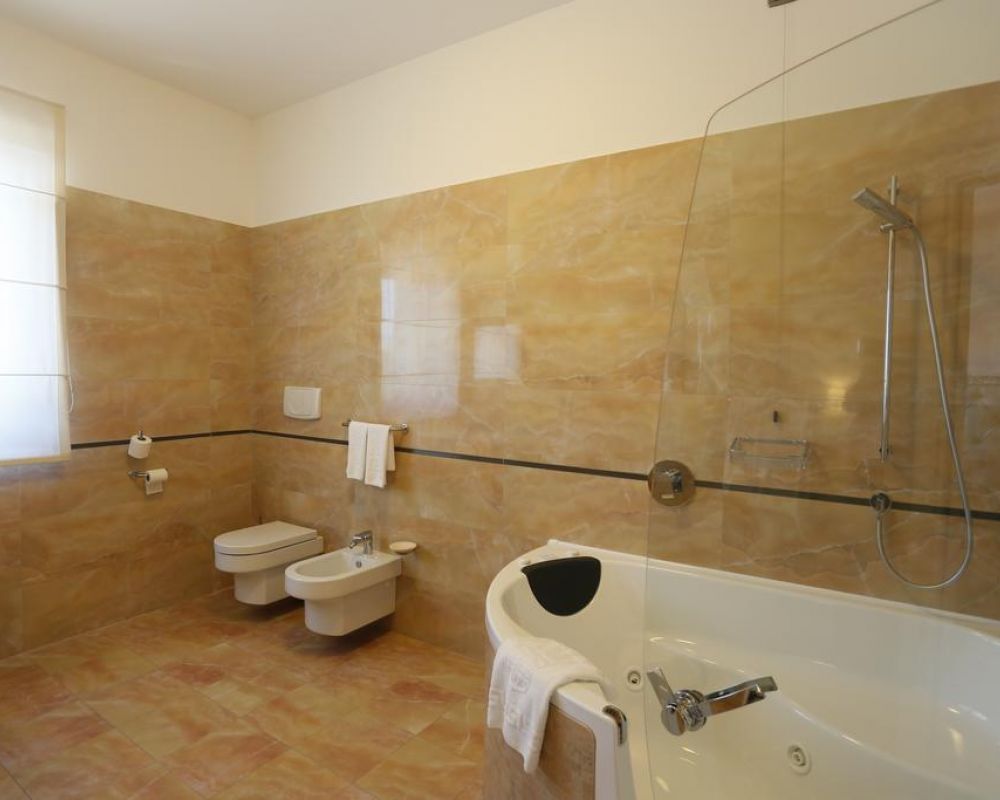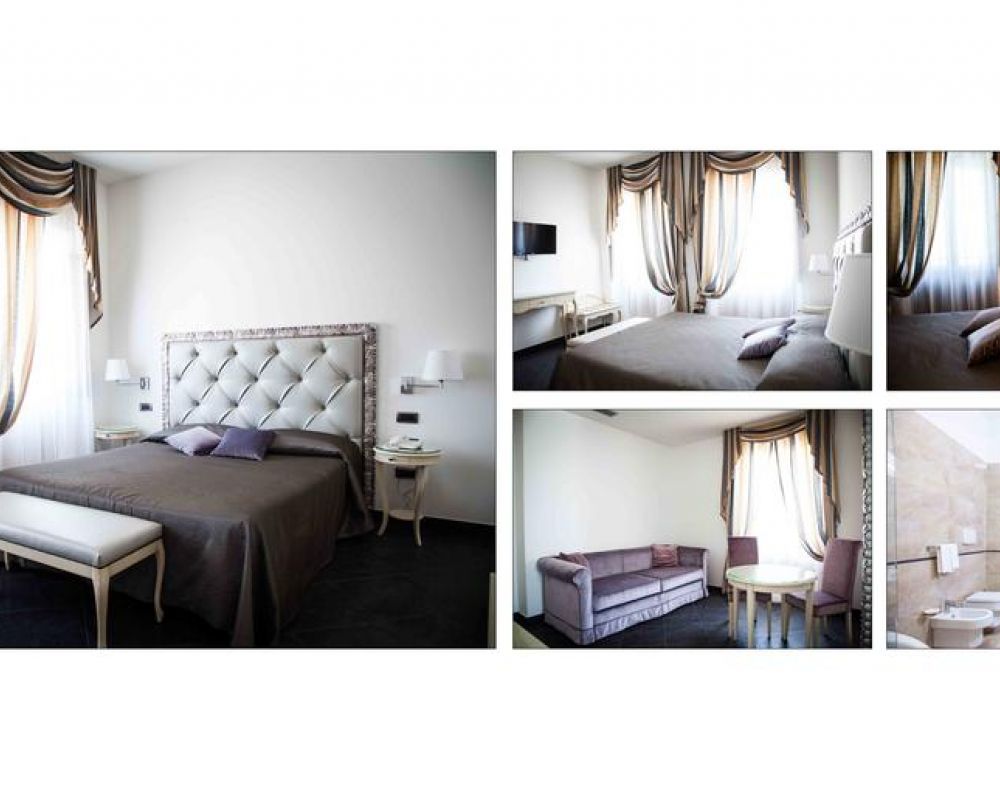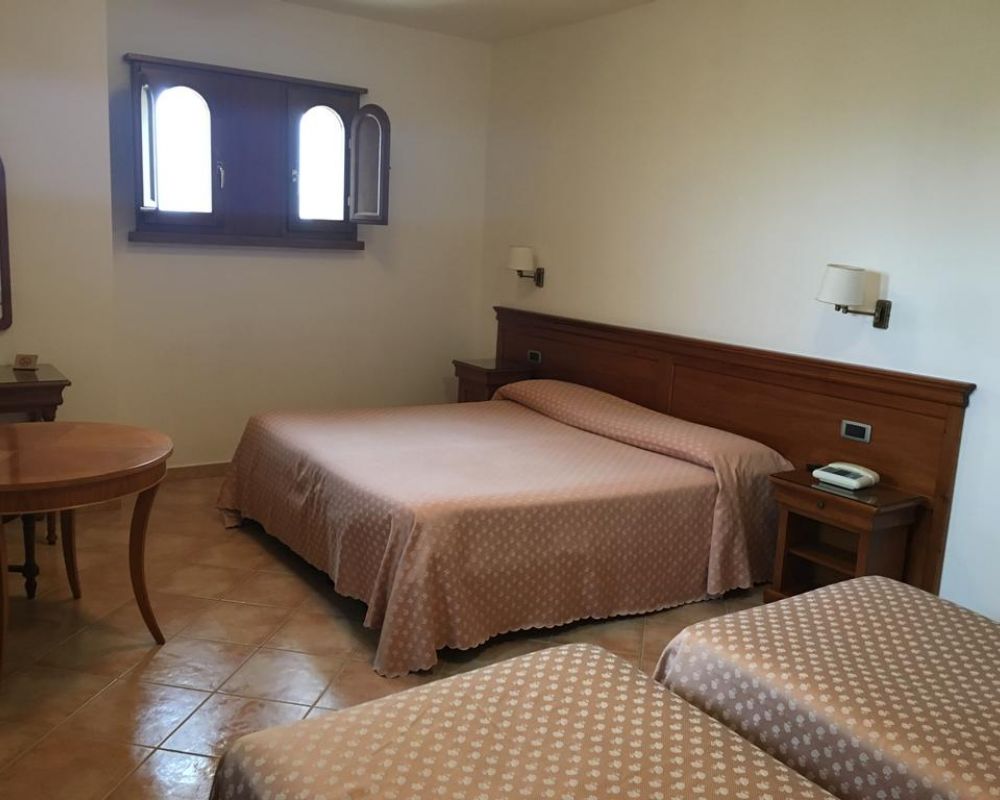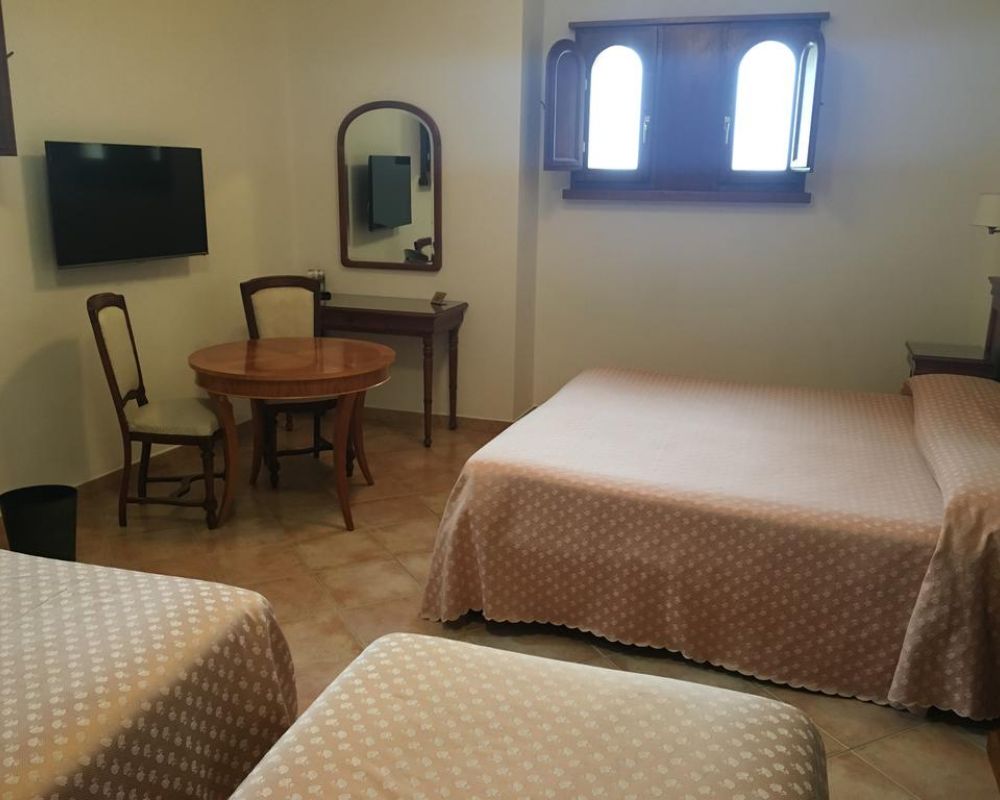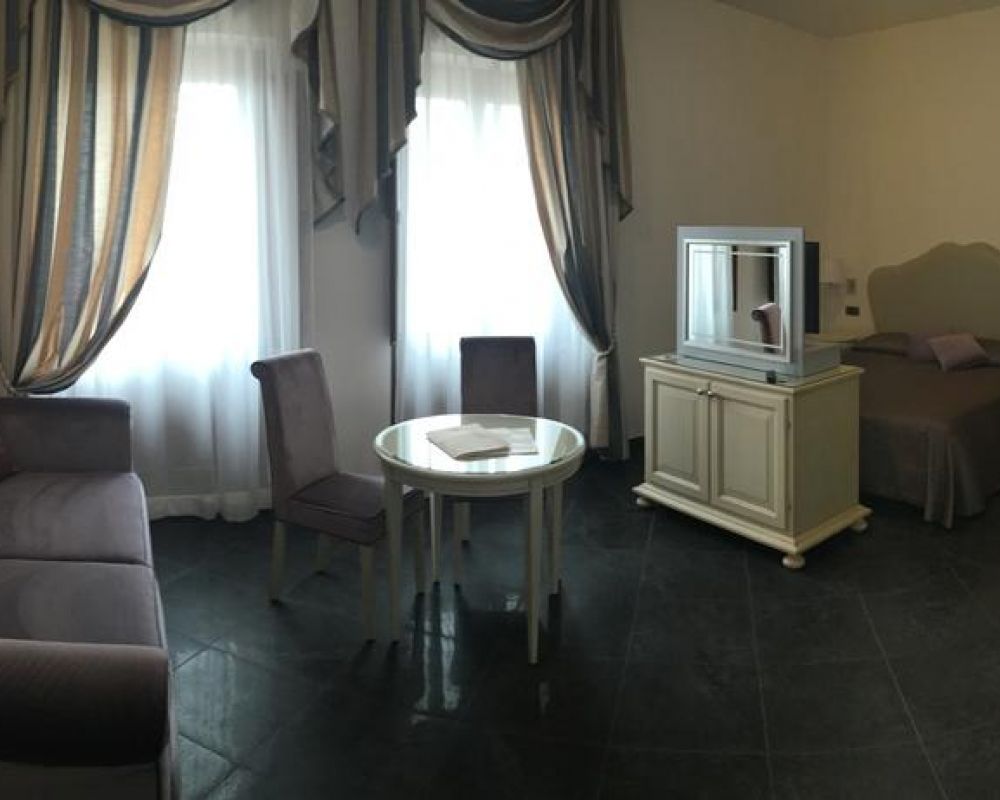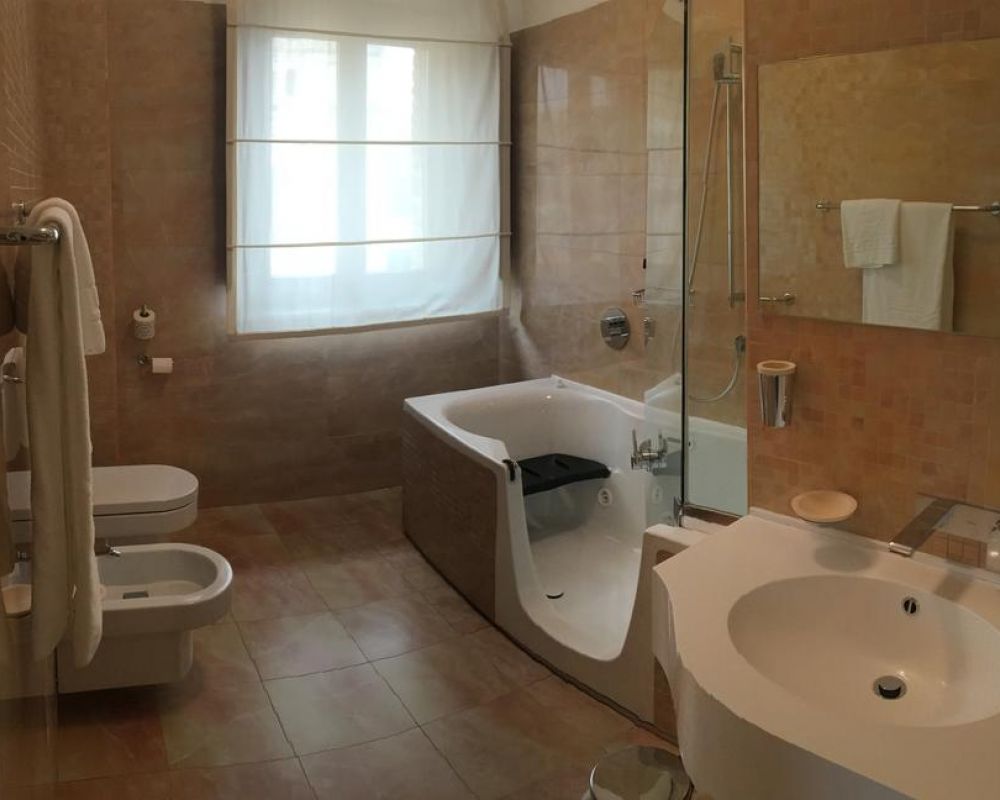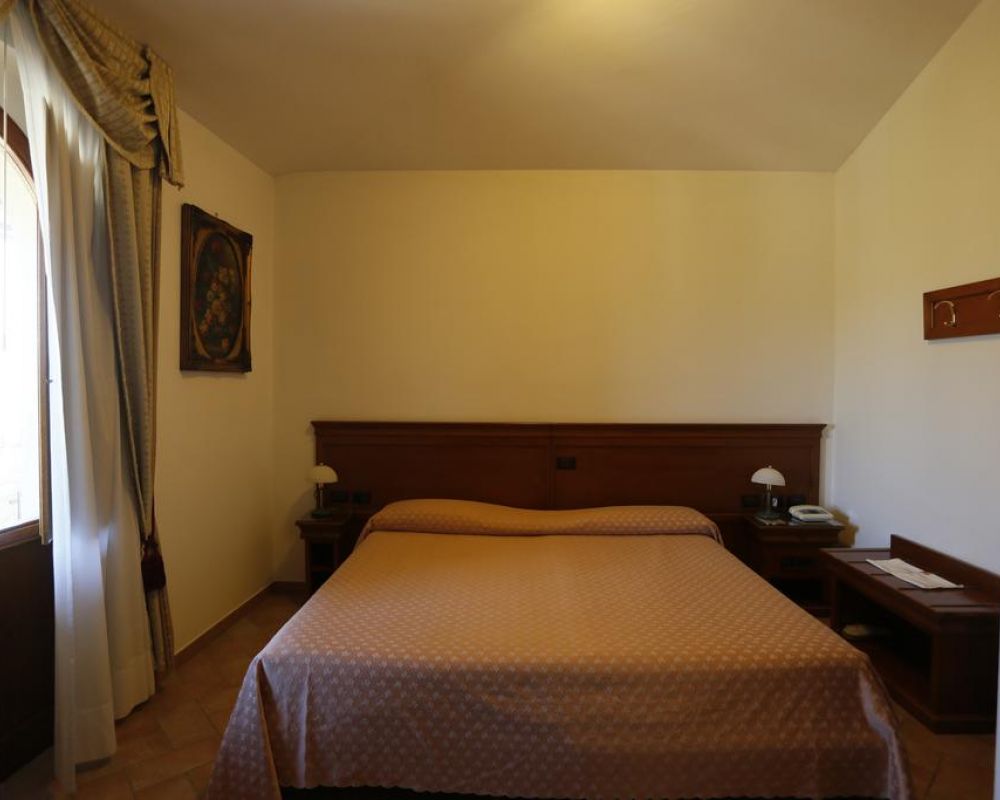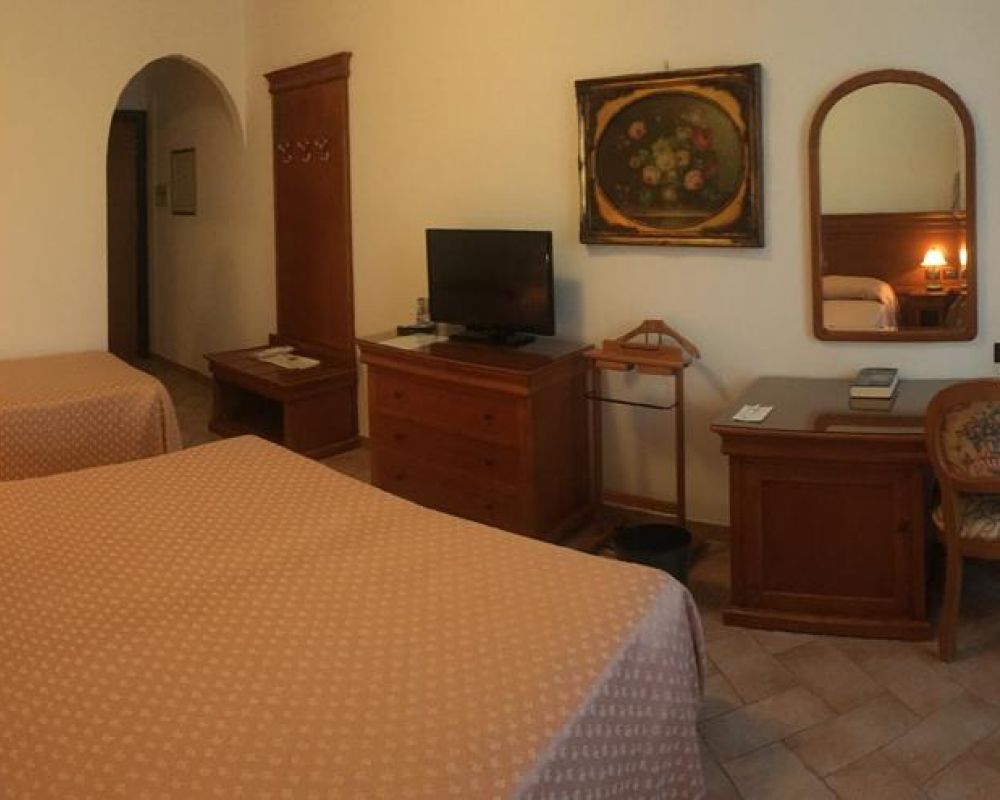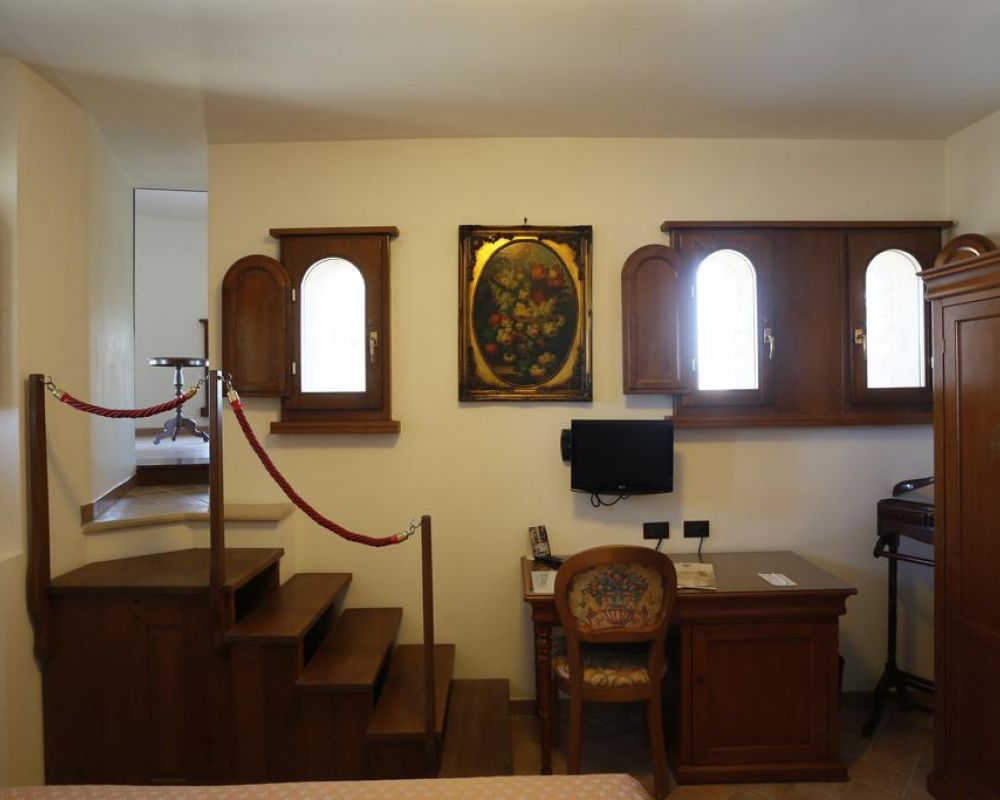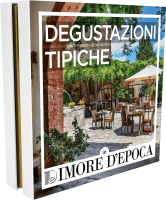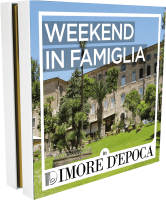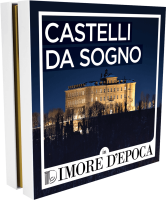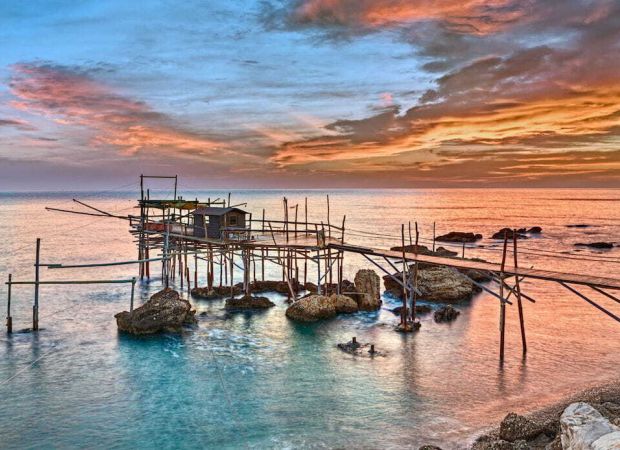-
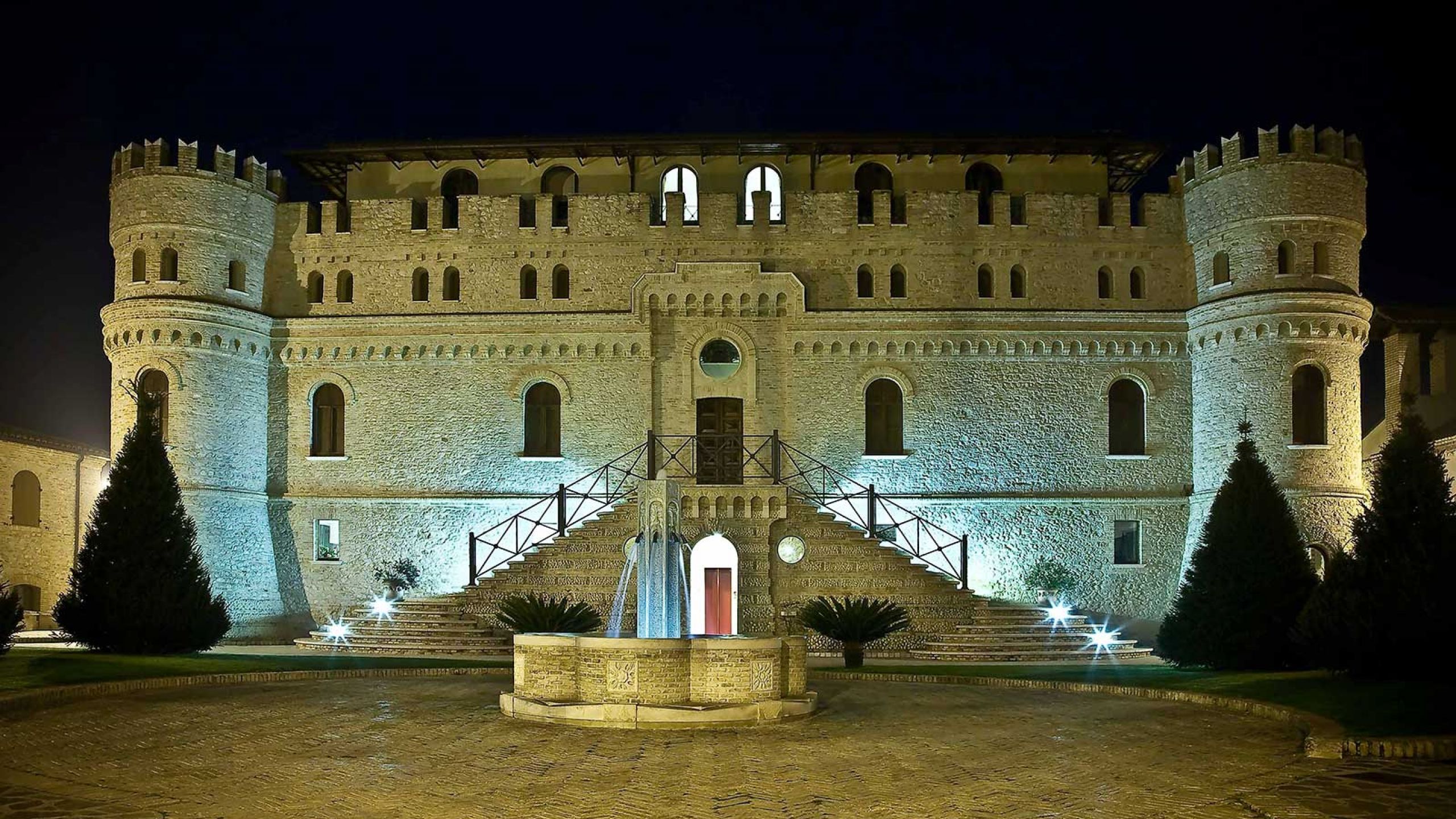 Mozzagrogna
MozzagrognaCastello di Septe
HOTEL
Castello di Septe
A prestigious home where you can spend a stay away from everyday life.
Recognized as one of the most beautiful castles in Central Italy, Septe has the privilege of an enviable position; stretched along the crest of a hill overlooking the Sangro valley, it turns its gaze from one side to the Adriatic Sea, from the other to the Apennine chain.
Used as a hotel after several years of restoration, it has been declared a National Monument by the Italian Ministry of Cultural Heritage.
History
The origin of the Castle of Septe is to be found in the mysterious charm of the Middle Ages and precisely in the Lombard period (VII - VII sec.). At that time the Castle was a fort in which blacksmiths and craftsmen beat metals to build the weapons of the time and housed a Guastaldo of royal appointment in charge of the protection of lands called "arimannie".
In 1259, under the power of King Manfredi, son of the Swabian emperor Frederick II of Sicily, the city of Lanciano was declared a state land and was given the Castle.
In 1266 after the defeat suffered in the clash of Benevento, Lanciano lost the privileges of state property then subsequently reacquired only in 1303 by concession of Charles of Anjou.
The "primitive" construction, both for war events and for natural cataclysms, such as the earthquake of 1660, was destroyed and rebuilt on several occasions. Its ruins and surrounding woods were often a refuge and lair for Brigand bands.
In 1623 the city of Lanciano having overburdened over time with several debts decided that the Castle, together with other goods, was sold to private individuals.
Baroness Chiara De Osses, without heirs, in 1721 left the fortress to a distant cousin, a member of the Genoino dynasty. Some works were carried out by Don Domenico Genoino senator of the Kingdom of Italy, in order to use the Castle as a private residence and holiday resort "since it is a very delightful residence", Genoino stressed in a writing.
Before the Great War, the last nobleman who actually inhabited the fortress was Count Antonio Genoino: a nice figure and elegant gentleman with a brilliant standard of living. Several memorable parties were held within the walls of the Castle in those years, where the Count received the company's elite in the halls. The dances made epoch for the great pomp, elegance and worldliness. Numerous idylls and sentimental relationships intertwined in this fairytale climate, some of which became part of the popular culture of Frentania.
The Castle witnessed, having undergone the bombing, the final battle of the Winter Line in 1943, during the Second World War, during which it was almost completely reduced to a pile of ruins.
| Codice CIN: | IT069056A137P4CYNK |
TO BOOK
Or send an email with the form
STAY AT THIS HOTEL BY PURCHASING THE FOLLOWING VOUCHER
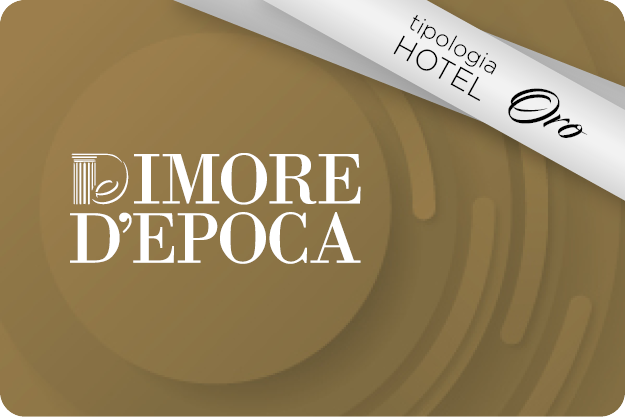
Gift and treat yourself to a stay.
You can decide when you want to leave within the next 12 months (renewable)
Castello di Septe
Contrada Castel di Sette, 20, 66030 Mozzagrogna CH
This email address is being protected from spambots. You need JavaScript enabled to view it.
Our nearby hotels
Sextantio Santo Stefano di Sessanio
You can find this hotel in our Gift Boxes
You can find this hotel in our experiences
DIMORE D'EPOCA
Discover
AGENCIES
Dimore D'Epoca is a brand of Hyper srl | C.trà Riale, 13/a - 36100 Vicenza - Italia | P.IVA e C.F. 02372320248 | Aut. 3986
Booking office This email address is being protected from spambots. You need JavaScript enabled to view it. | Affiliations office This email address is being protected from spambots. You need JavaScript enabled to view it. | Information office This email address is being protected from spambots. You need JavaScript enabled to view it.
